Medialab Matadero

Medialab Matadero

A leading scientist long concerned about climate change, Keith offers no naïve proposal for an easy fix to what is perhaps the most challenging question of our time; climate engineering is no silver bullet. But he argues that after decades during which very little progress has been made in reducing carbon emissions we must put this technology on the table and consider it responsibly.
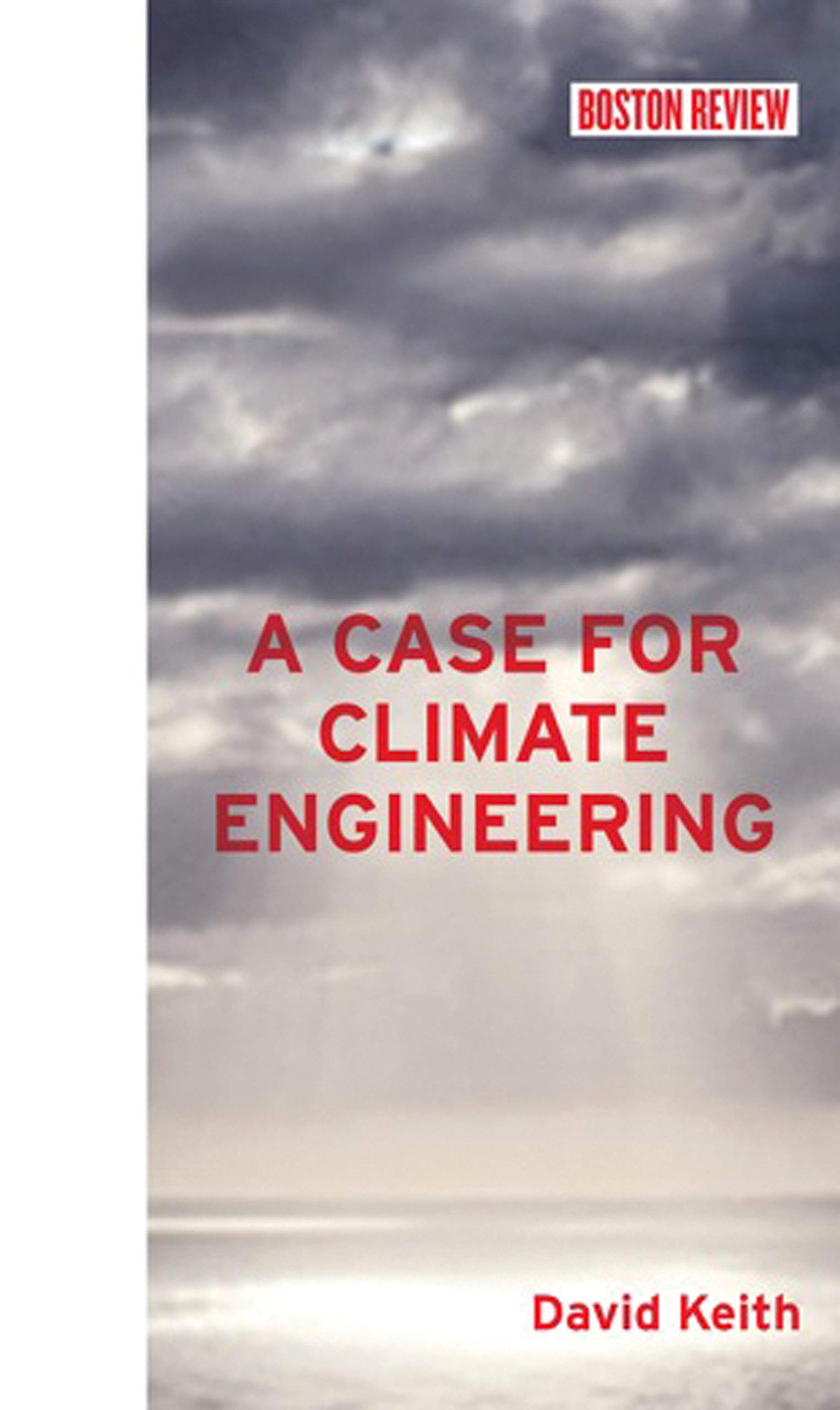
A Case for Climate Engineering
What do we know about climate variations 500 years ago, or 5000 years ago? In this book Wolfgang Behringer introduces us to the latest historical research on the development of the earth's climate. He focuses above all on the cultural reactions to climate change through the ages, showing how even minor changes in the climate sometimes resulted in major social, political and religious upheavals.
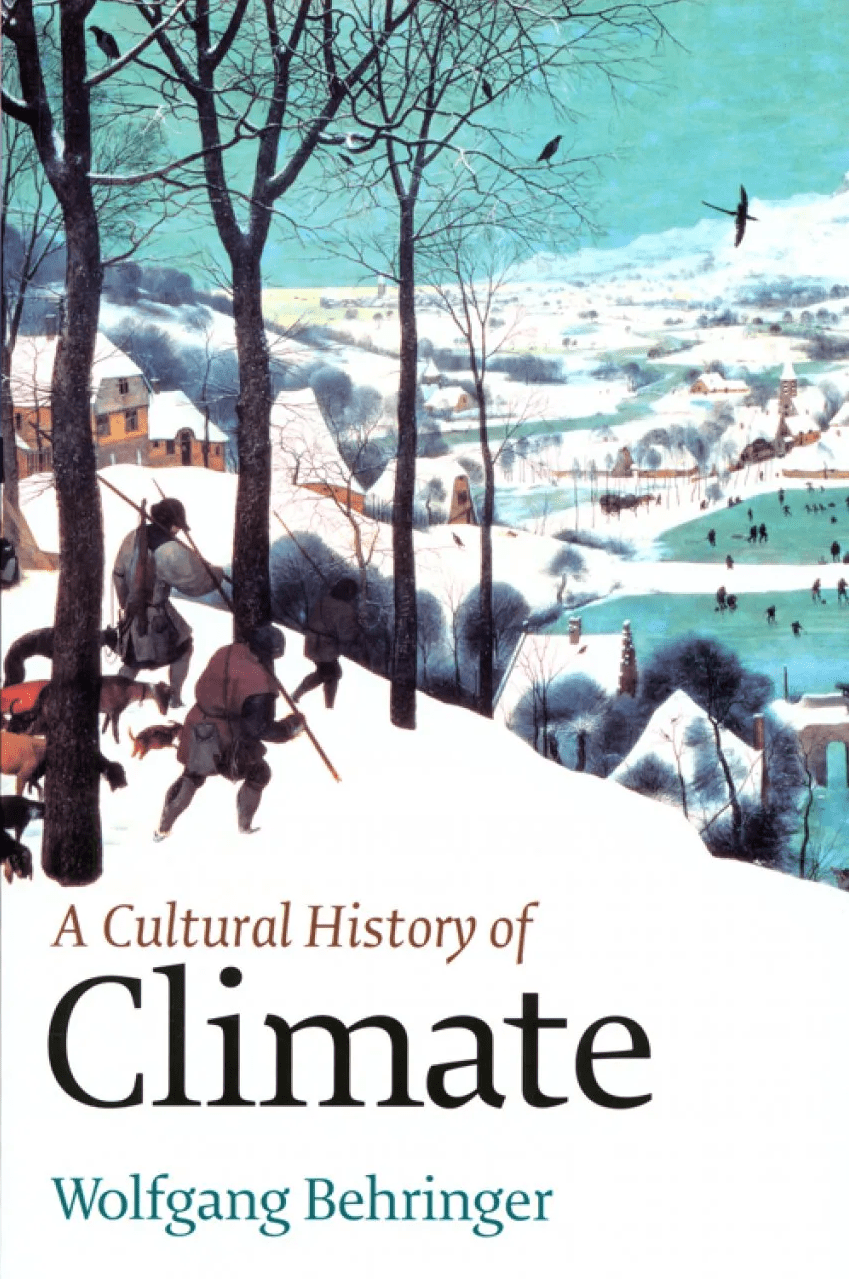
A Cultural History of Climate
Michael Marder interprets the “toxic flood” we are living or dying through as a global dump. On his reading, multiple levels of existence—from the psychic to the physiological, from the environmental-elemental to the planetary—are being converted into a dump, a massive and still growing hodgepodge of industrial and consumer by-products and emissions
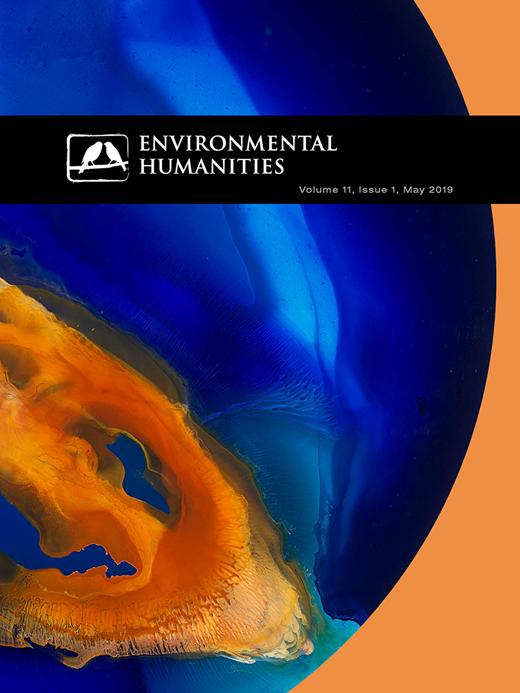
“Being Dumped,” Environmental Humanities
Electronics can be hazardous when disposed of improperly, and the Basel Action Network investigates the underground world of the e-waste trade. The nonprofit group secretly embeds trackers in discarded devices, then hands them to recyclers to see where they end up, exposing bad practices in the process.
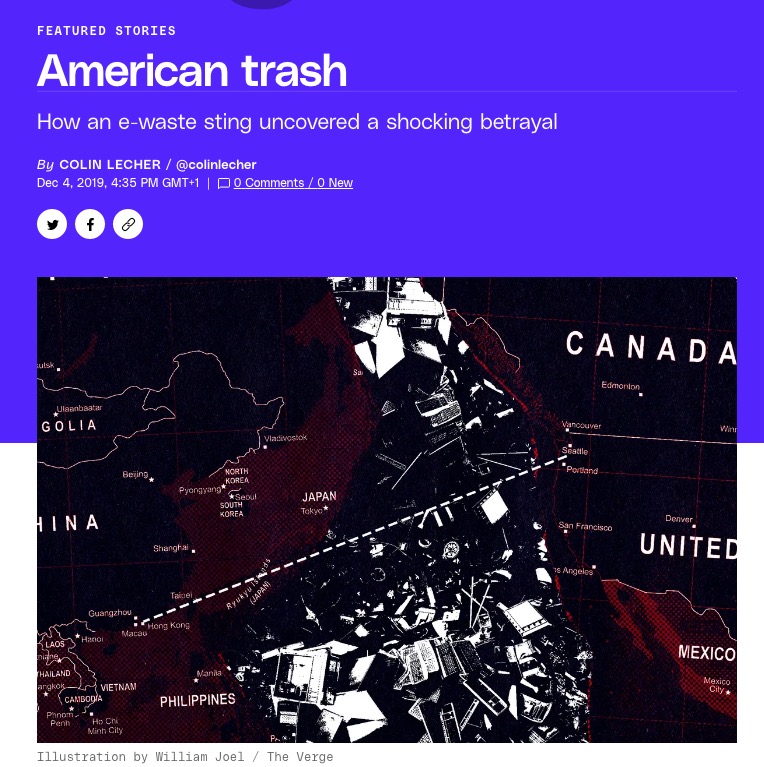
American Trash
Proceeding from the notion that dominant Western cultures lack the terms and concepts to describe or respond to our environmental crisis, this collaborative volume of short, engaging essays offers ecologically productive terms to inspire responses to fossil-fueled neoliberal capitalism.
An Ecotopian Lexicon
The absence of a reflection on revolutionary practices and subjects is the main weakness of the radical critique of the Anthropocene. The risk is to envision the Anthropocene as a space for villains and victims but not for revolutionaries. It is crucial to challenge the (in)visibility and (un)knowability of the Anthropocene beyond geological strata and planetary boundaries.
Anthropocene: victims, narrators, and revolutionaries
Within the Spanish context, this report focuses on the role played by the autonomous communities in the fight against climate change. To this end, it first examines the constitutional regime of distribution of competences, the content of the autonomous community plans and the institutional framework and existing mechanisms for monitoring and evaluating the implementation of the plans.
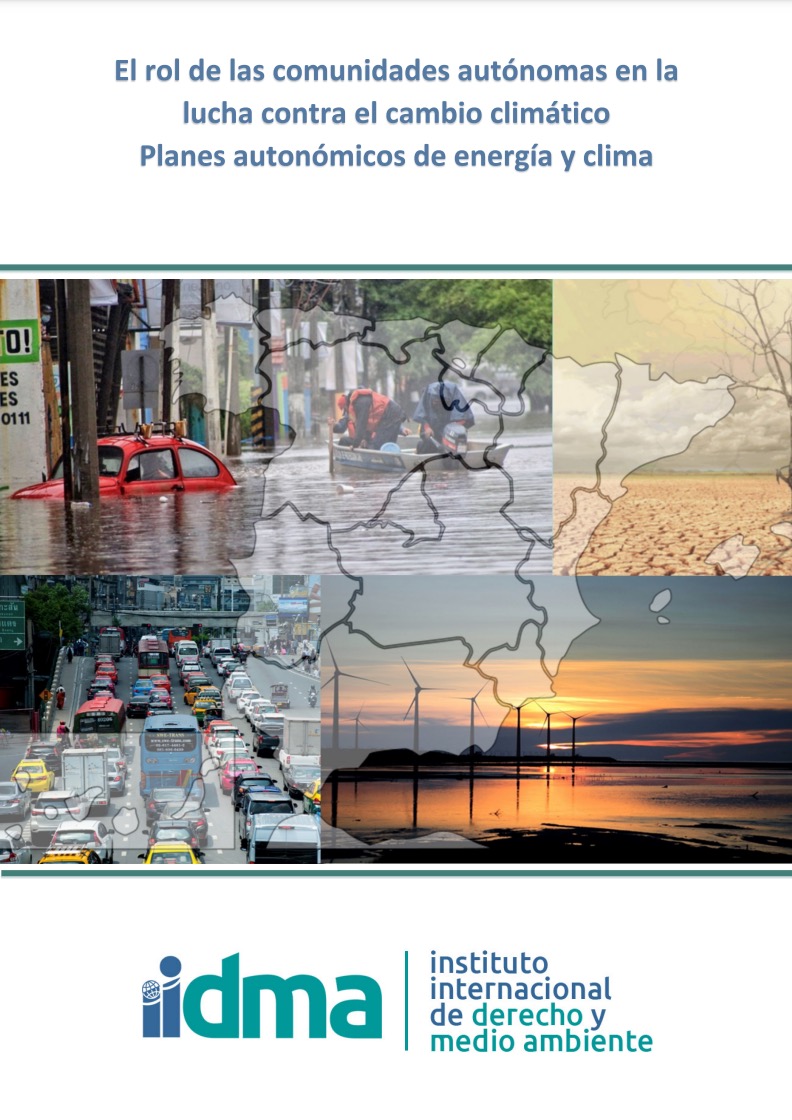
El rol de las CCAA en la lucha contra el cambio climático. Planes autonómicos de energía y clima
Picking through a mountain of trash as high as 165 feet is how thousands of pemulung earn their living near Jakarta, Indonesia. They're at risk of getting injured by giant excavators, shards of glass, and methane gas emitted by the landfill.
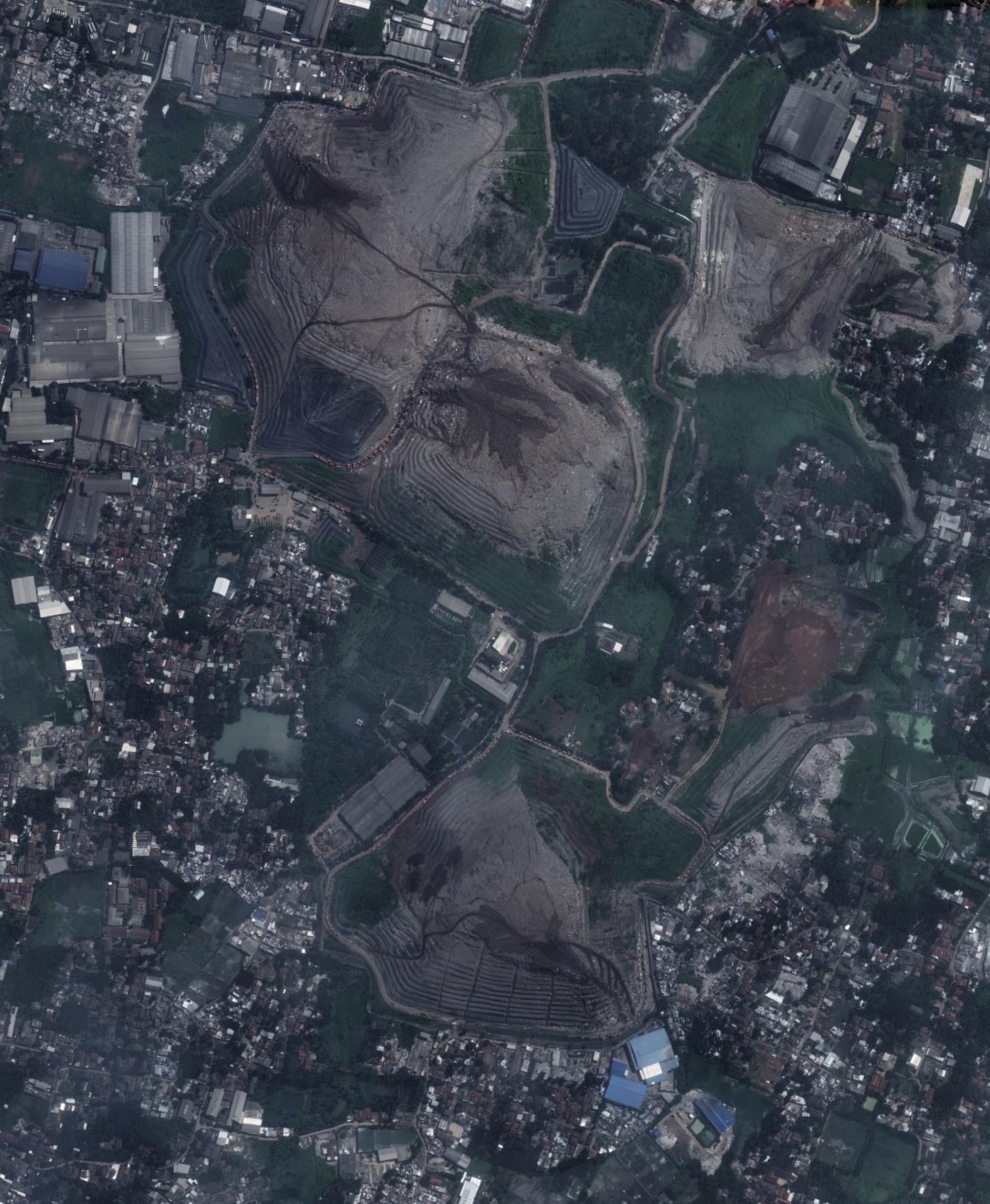
Bantar Gebang Landfill near Jakarta
This book provides a review of the bioregionalist theory in the field of spatial planning and design as a suitable approach to cope with the growing concerns about the negative effects of metropolization processes and the need for a sustainable transition
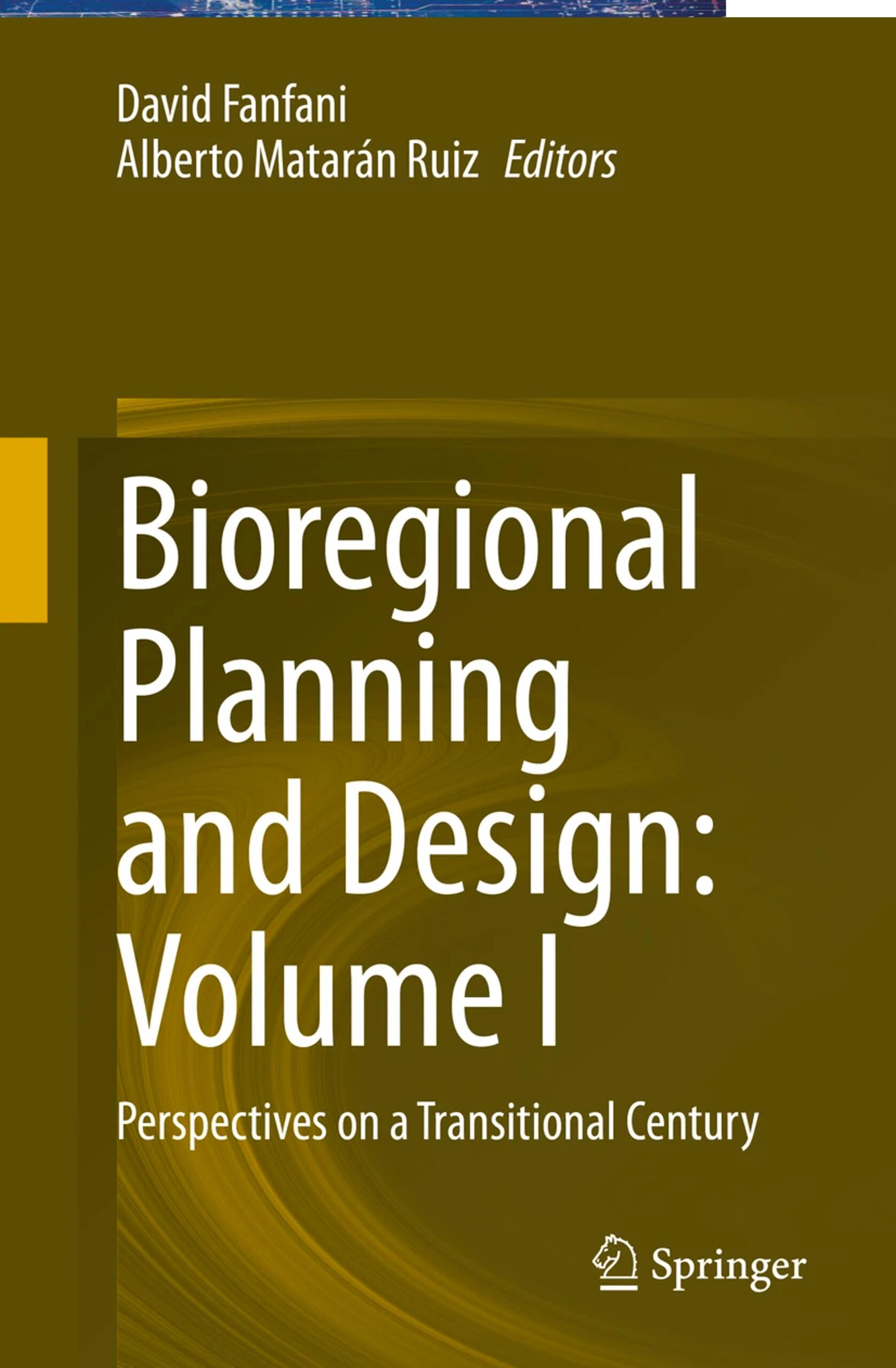
Bioregional Planning and Design: Volume I
The world is embracing renewable technologies but how much do we know about the metals that are powering this green revolution? This story exposes the shocking truth about the mining of cobalt, a metal essential to making the batteries in electric cars, laptops and mobile phones. The world's richest deposits of cobalt are in the Democratic Republic of Congo, one of the poorest countries on earth. It produces about 70% of world output.
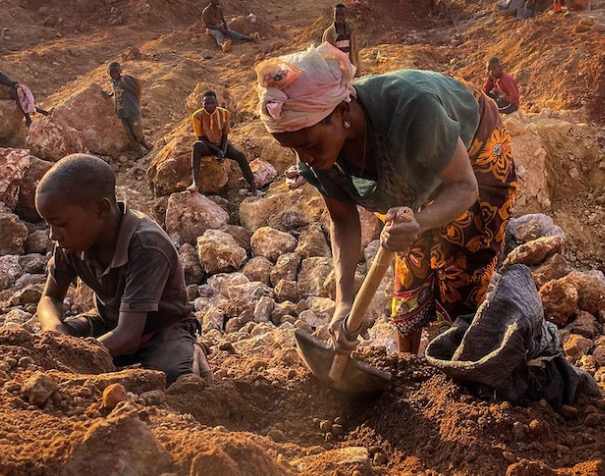
Blood Cobalt
Water is the element that, more than any other, ties human beings in to the world around them – from the oceans that surround us to the water that makes up most of our bodies. Exploring the cultural and philosophical implications of this fact, Bodies of Water develops an innovative new mode of posthuman feminist phenomenology that understands our bodies as being fundamentally part of the natural world and not separate from or privileged to it.
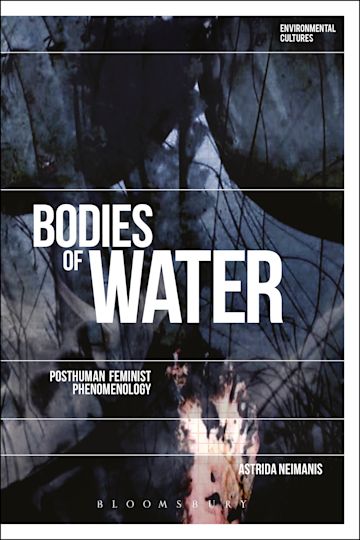
Bodies of Water: Post-Human Feminist Phenomenology
Possibilities in the struggle for climate justice depend on our capacity to anticipate where the existing global order is likely to go. Climate Leviathan provides a radical way of thinking about how environmental change will intensify existing challenges to the global order, unearthing the forces for a planetary variation on existing forms of sovereignty.
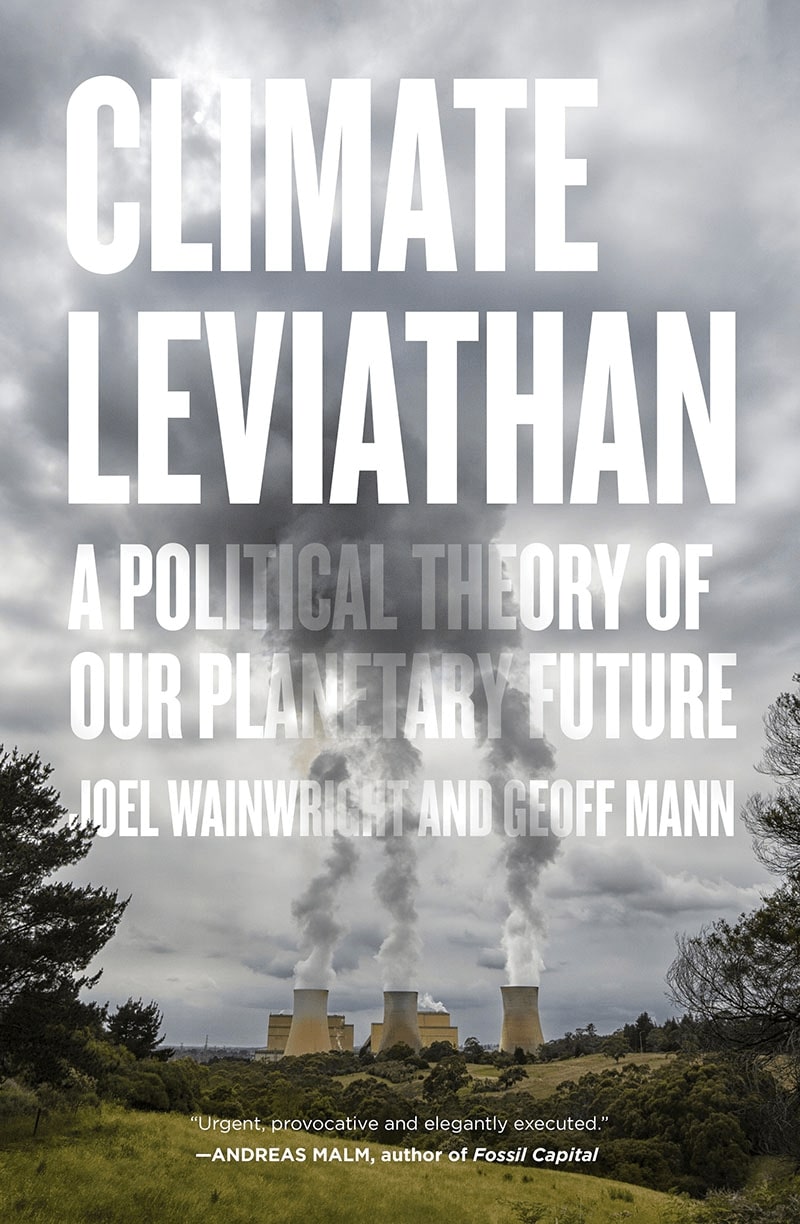
Climate Leviathan
This study looks at the supply chains of nine technologies
used in three strategic sectors: renewable energy, e-mobility, defence and aerospace. It also attempts to provide a first answer, based on available knowledge and models, to where future challenges lie and how competition for resources may evolve.
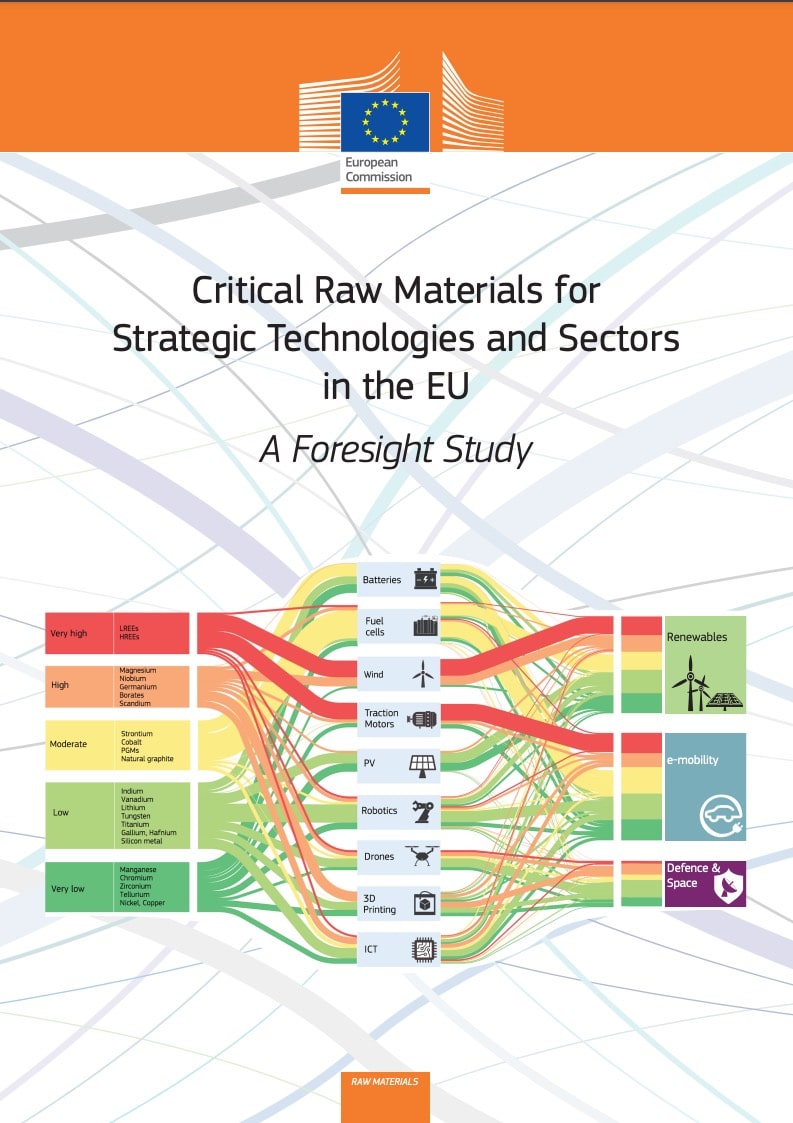
Critical Raw Materials for Strategic Technologies and Sectors in the EU
Some 15 million used garments pour into Accra every week from the UK, Europe, North America and Australia, flooding the city’s sprawling clothing market. An estimated 40 per cent are of such poor quality they are deemed worthless on arrival and end up dumped in landfill.
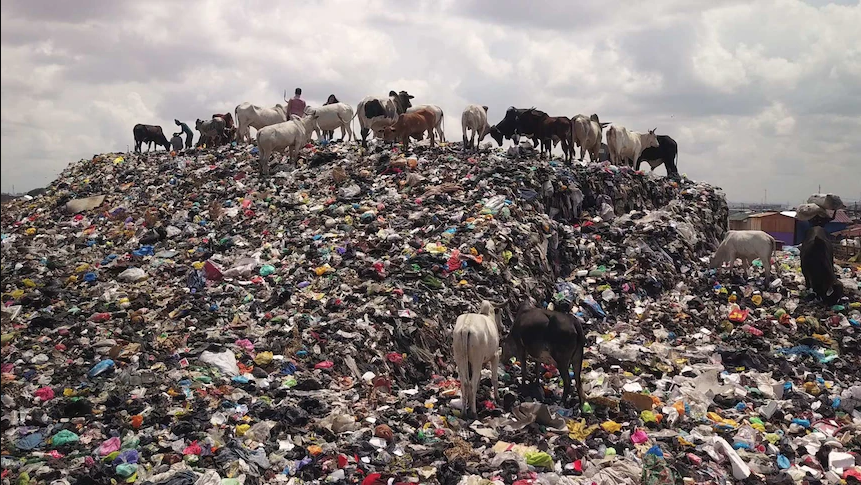
Dead white man's clothes
An enduring contribution to the technical literature of landscape planning and to that unfortunately small collection of writings which speak with emotional eloquence of the importance of ecological principles in regional planning.
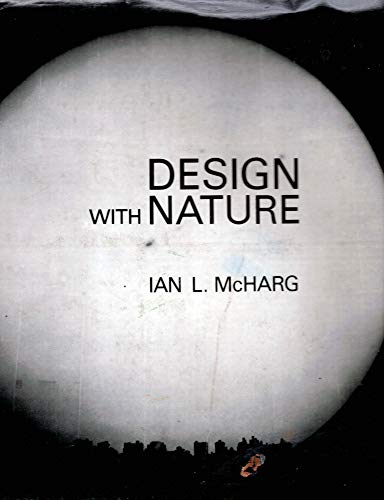
Design with Nature
Discard Studies is designed as an online hub for scholars, activists, environmentalists, students, artists, planners, and others who are asking questions about waste, not just as an ecological problem, but as a process, category, mentality, judgment, an infrastructural and economic challenge, and as a site for producing power as well as struggles against power structures.
Discard Studies Web
Discard studies is an emerging field that looks at waste and wasting broadly construed. Rather than focusing on waste and trash as the primary objects of study, discard studies looks at wider systems of waste and wasting to explore how some materials, practices, regions, and people are valued or devalued, becoming dominant or disposable.
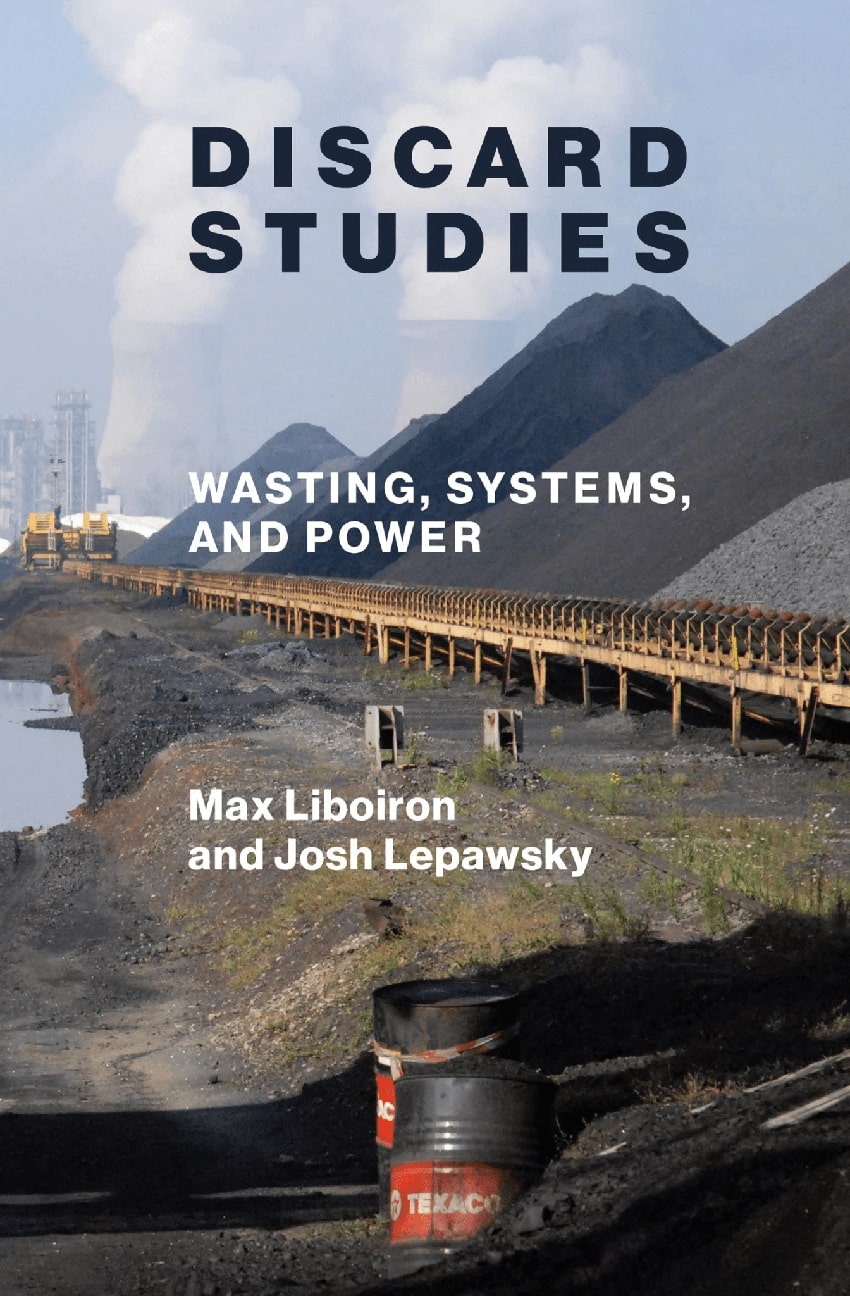
Discard Studies: Wasting Systems and Power
An statement in the belief that both human prosperity and an ecologically vibrant planet are not only possible, but also inseparable.
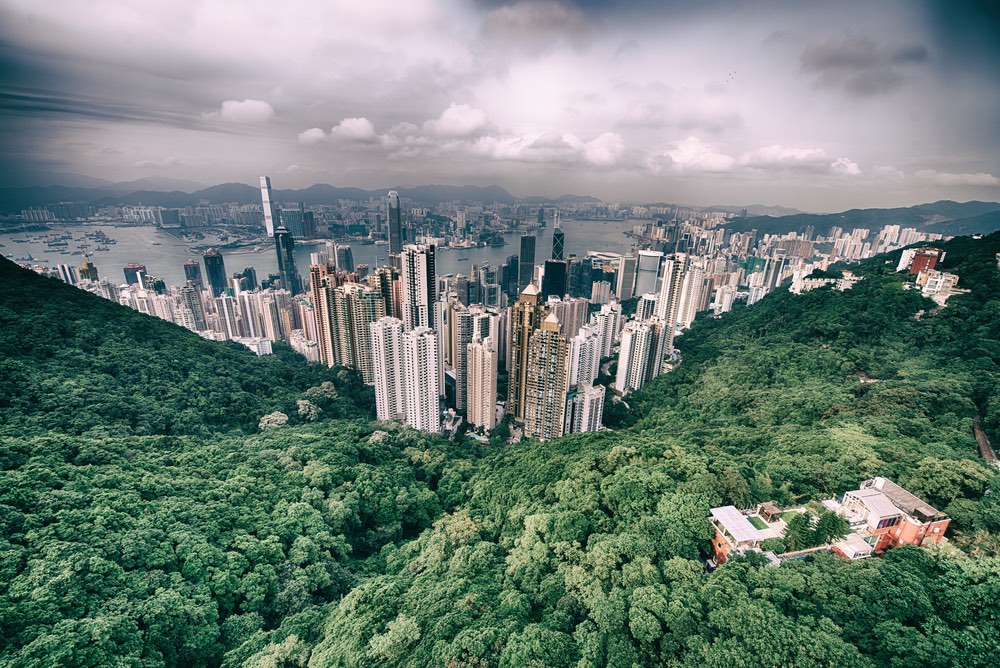
Ecomodernist Manifesto
Presenting the current moment as the collapse of global capitalism and its civilization. This book is an invitation to collective dialogue to elaborate strategies and initiatives to build just, democratic and sustainable societies during this process.
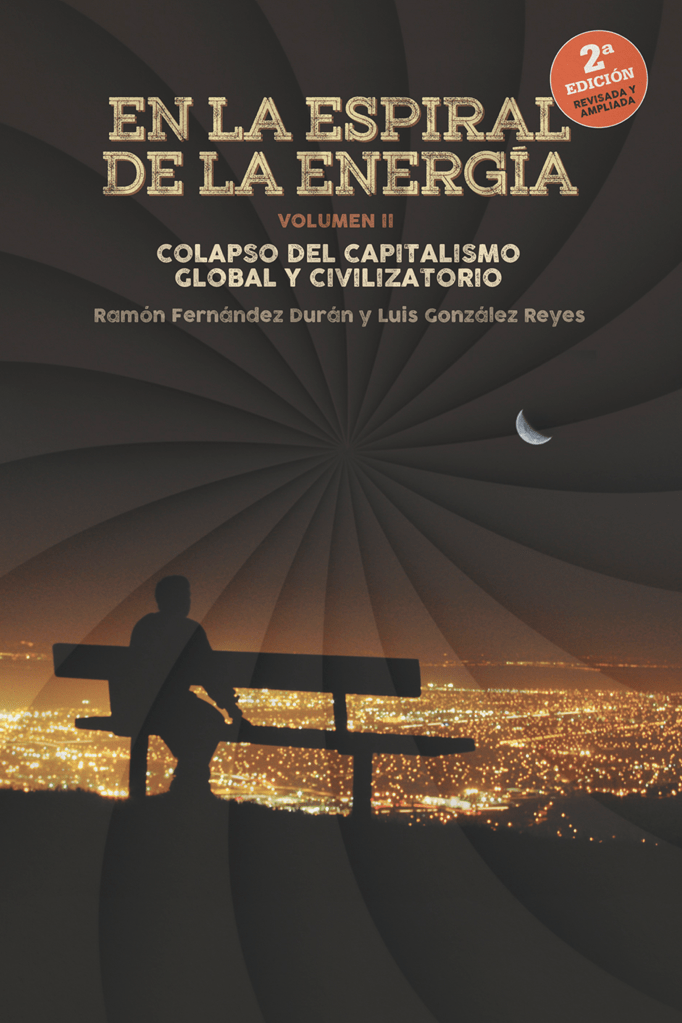
En la espiral de la energía. VOL. II: Colapso del capitalismo global y civilizatorio
Around the world, countries and companies are setting net-zero carbon emissions targets. But what will it mean if those targets are achieved? The fossil fuel industry must come to an end but will not depart willingly; governments must intervene.
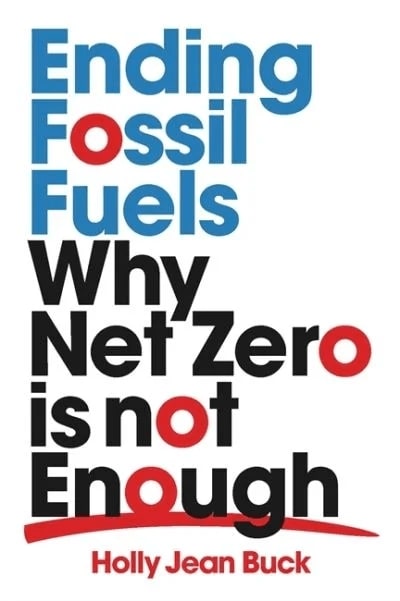
Ending Fossil Fuels
Where is humanity going? How realistic is a future of fusion and space colonies? What constraints are imposed by physics, by resource availability, and by human psychology? Are default expectations grounded in reality? This textbook, written for a general-education audience, aims to address these questions without either the hype or the indifference typical of many books.
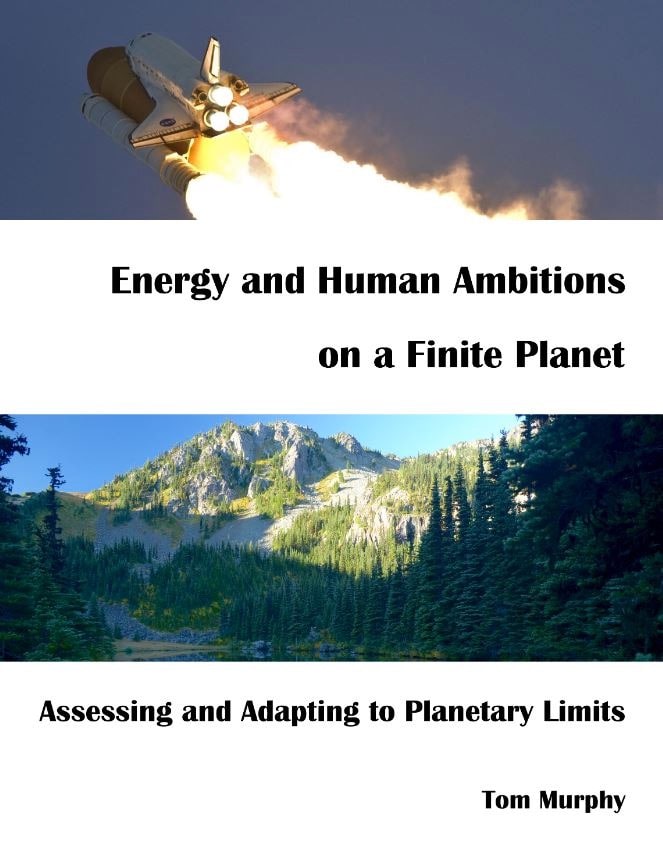
Energy and Human Ambitions on a Finite Planet
The energy labelling requirements for individual product groups are created under the EU's energy labelling framework regulation, in a process coordinated by the European Commission. 15 product groups require an energy label.
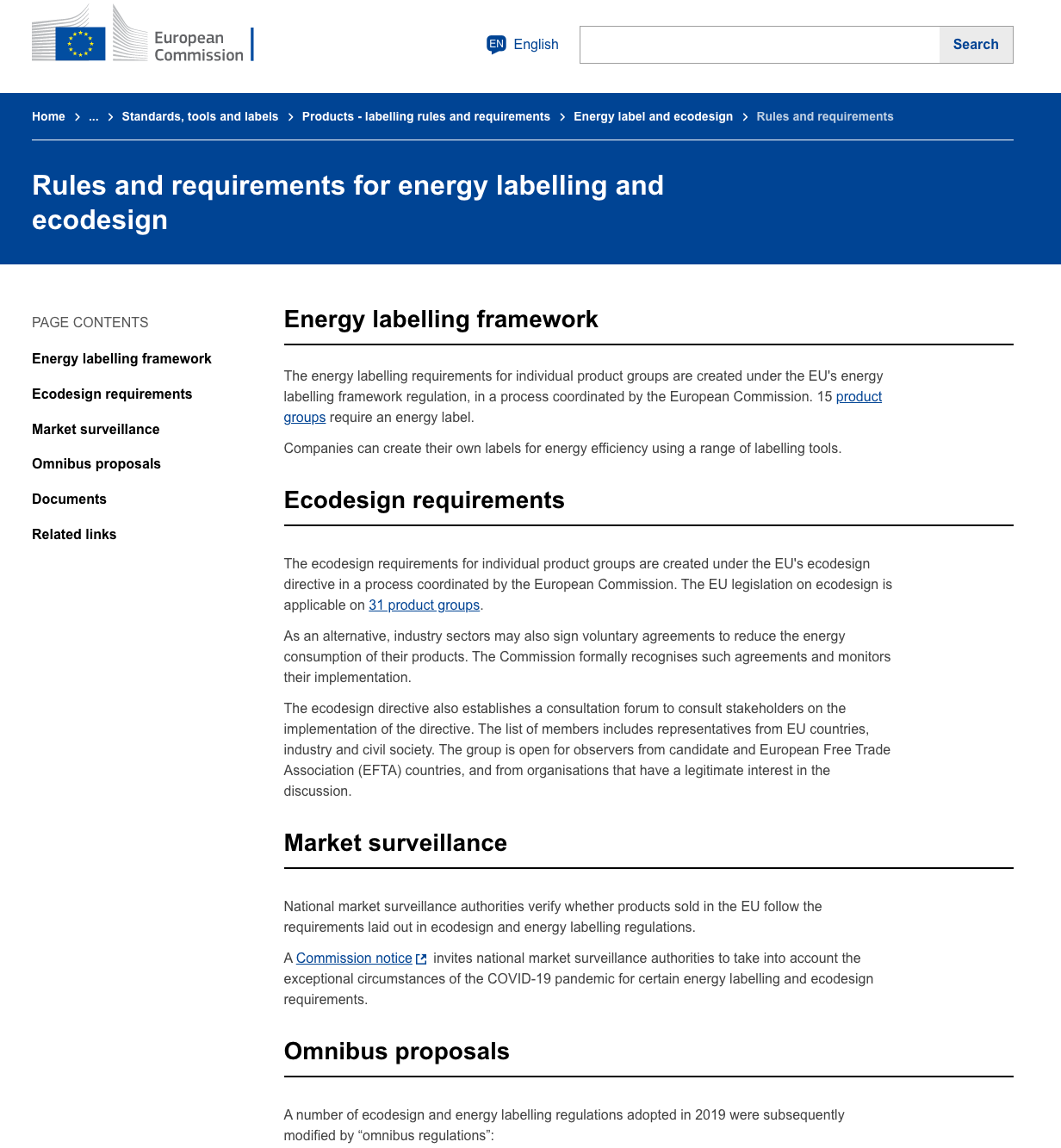
Energy Labeling and Ecodesign Directive
This authoritative but highly accessible book presents the reader with a powerful framework for understanding the critical role of the energy return on investment (EROI) in the survival and well-being of individuals, ecosystems, businesses, economies and nations.
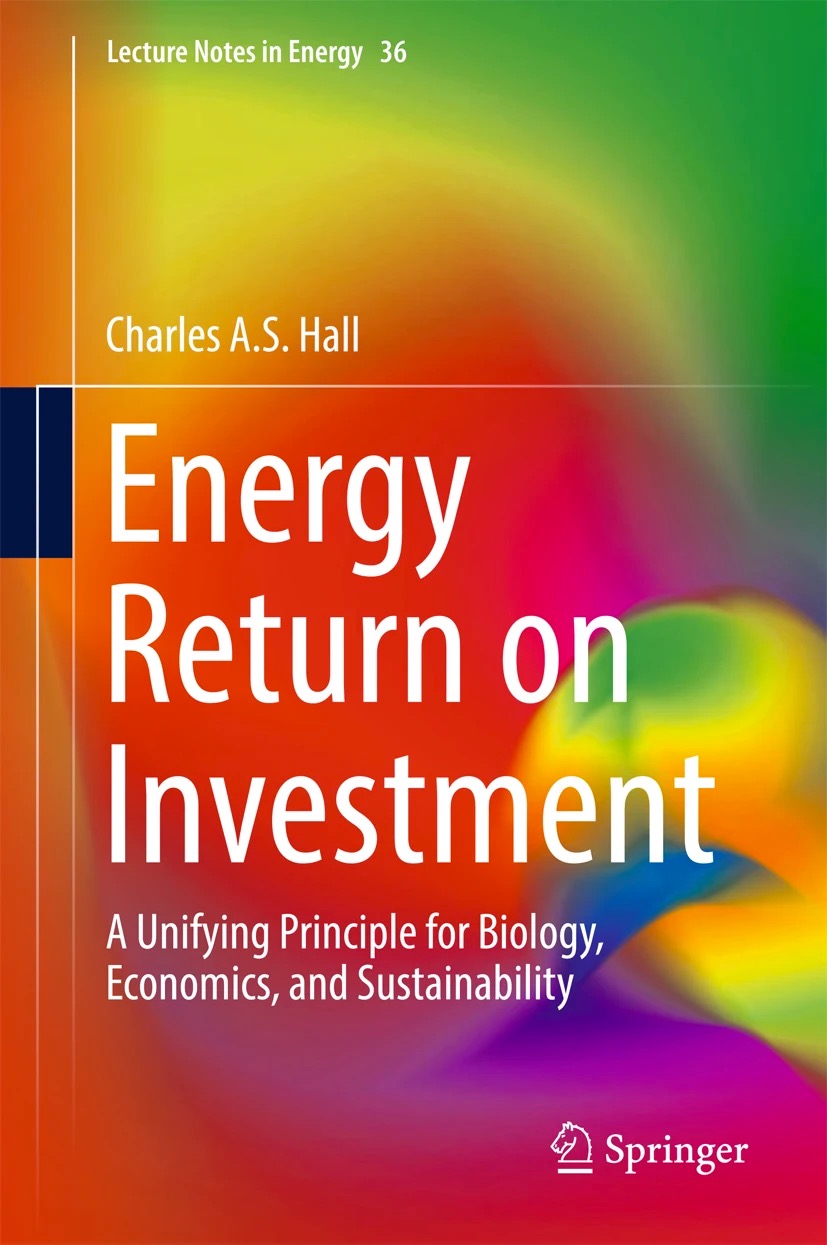
Energy Return on Investment: A Unifying Principle for Biology, Economics, and Sustainability
People have lived and died, businesses have prospered and failed, and nations have risen to world power and declined, all over energy challenges. Ultimately, the history of these challenges tells the story of humanity itself.
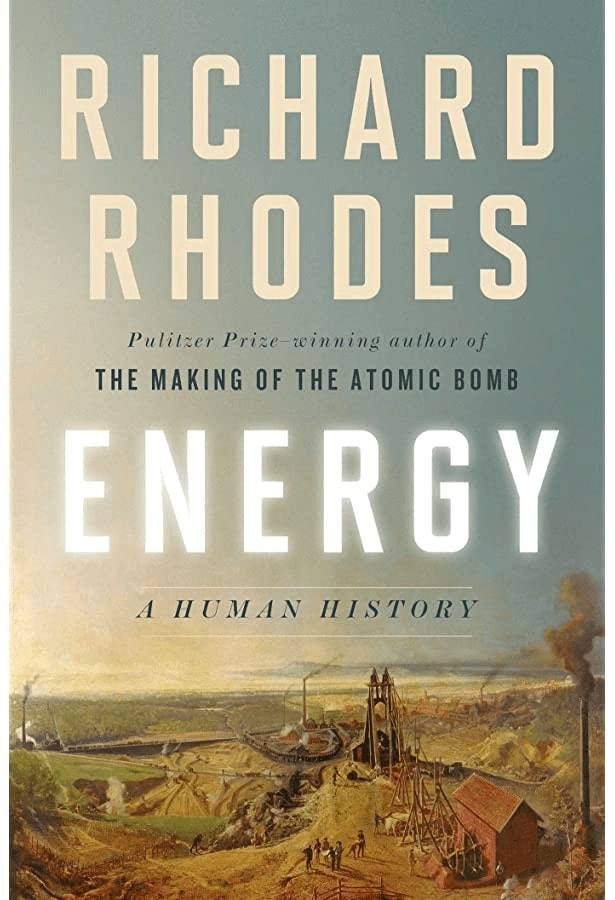
Energy: A human history
For Latouche, it is necessary and urgent to change our way of life, to save all unnecessary consumption, to invent a society capable of giving us back joy and ensuring the survival of our species. Serge Latouche calls this society a society of frugal abundance. Frugality avoids all unnecessary consumption, implies a voluntary limitation of one's own needs, but does not exclude, but rather encourages, the values of conviviality and even a certain hedonism in the practice of the art of good living.
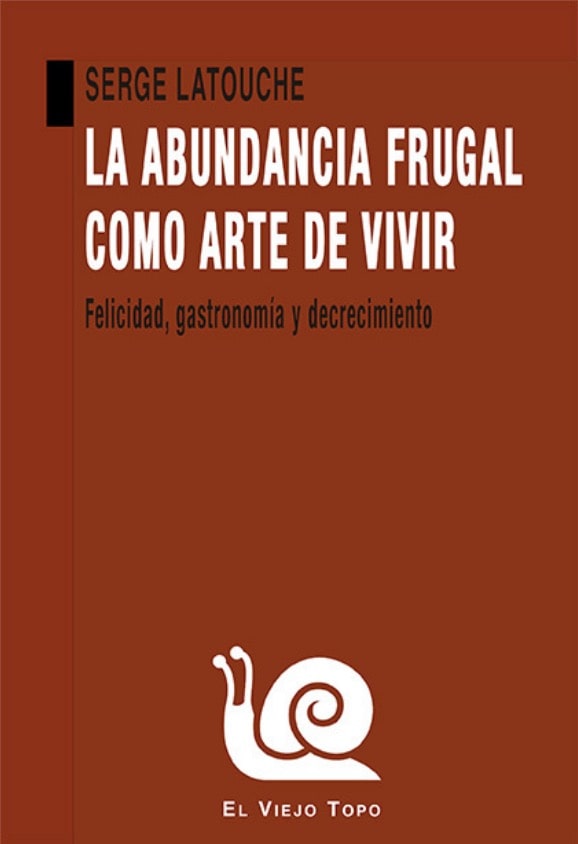
La abundancia frugal como arte de vivir
COMMUNICATION FROM THE COMMISSION TO THE EUROPEAN PARLIAMENT, THE COUNCIL, THE EUROPEAN ECONOMIC AND SOCIAL COMMITTEE AND THE COMMITTEE OF THE REGIONS
EU 'Save Energy'
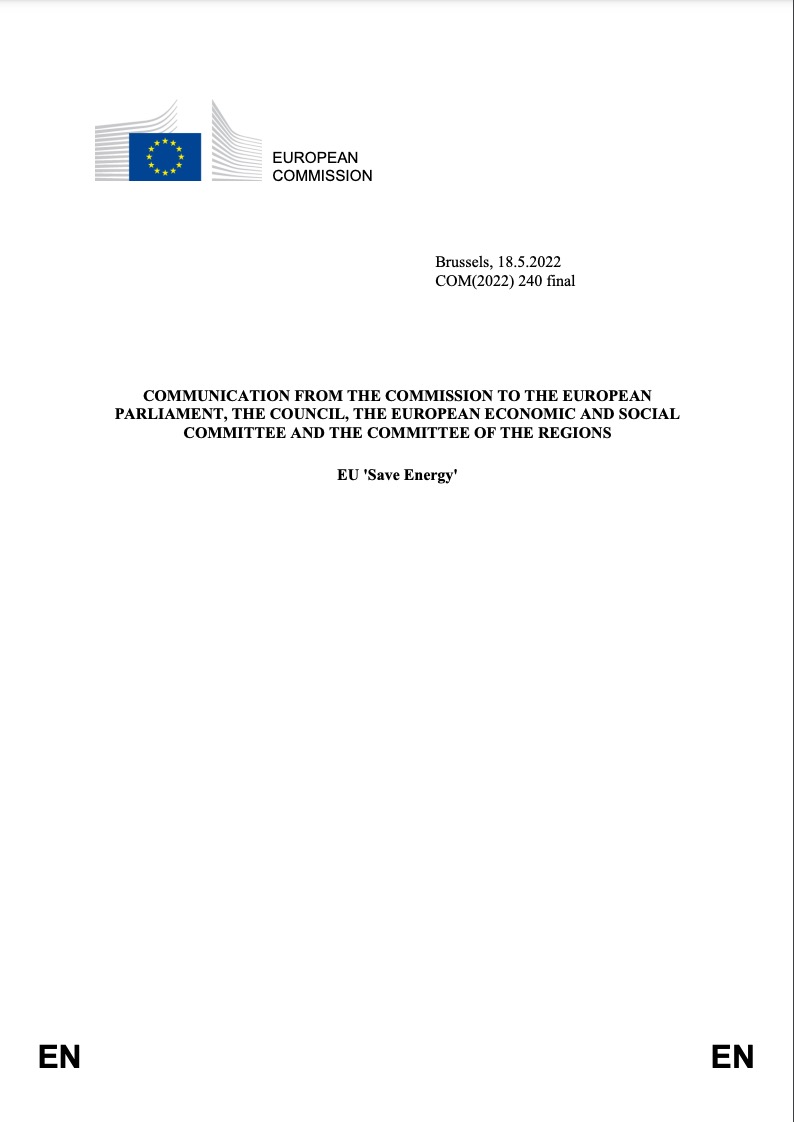
EU Save Energy Directive
The 47th episode of the Circular Metabolism Podcast: Feeding Cities - The relationship betwen food supply and cities with Carolyn Steel
Feeding Cities - The relationship betwen food supply and cities
Feral Atlas invites you to explore the ecological worlds created when nonhuman entities become tangled up with human infrastructure projects. Seventy-nine field reports from scientists, humanists, and artists show you how to recognize “feral” ecologies, that is, ecologies that have been encouraged by human-built infrastructures, but which have developed and spread beyond human control. These infrastructural effects, Feral Atlas argues, are the Anthropocene.
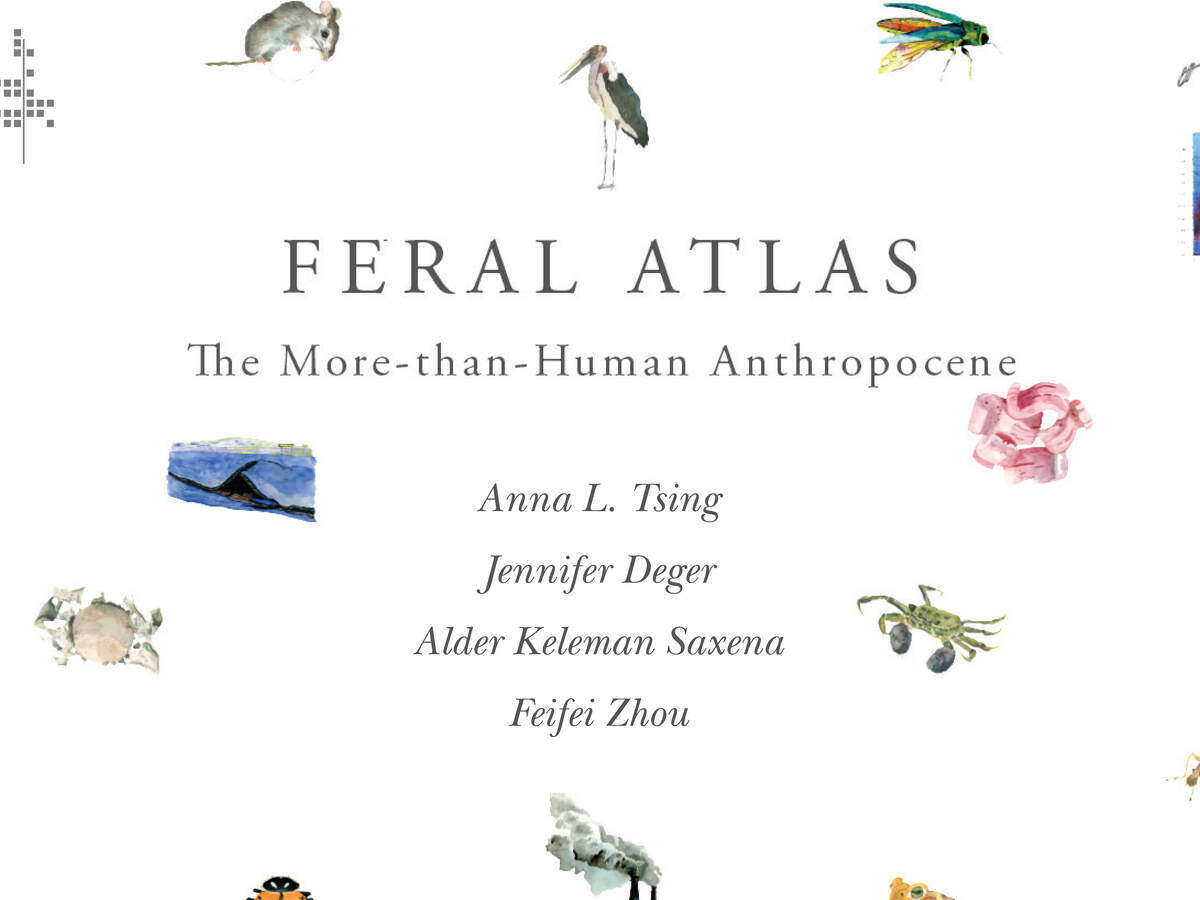
Feral Atlas
In the Age of Environment, the scale of waste management is geographic all while often relegating such undesired matter to invisibility as "matter out of place." Geographies of Trash reclaims the role of forms, technologies, economies and logistics of the waste system in the production of new aesthetics and politics of urbanism.
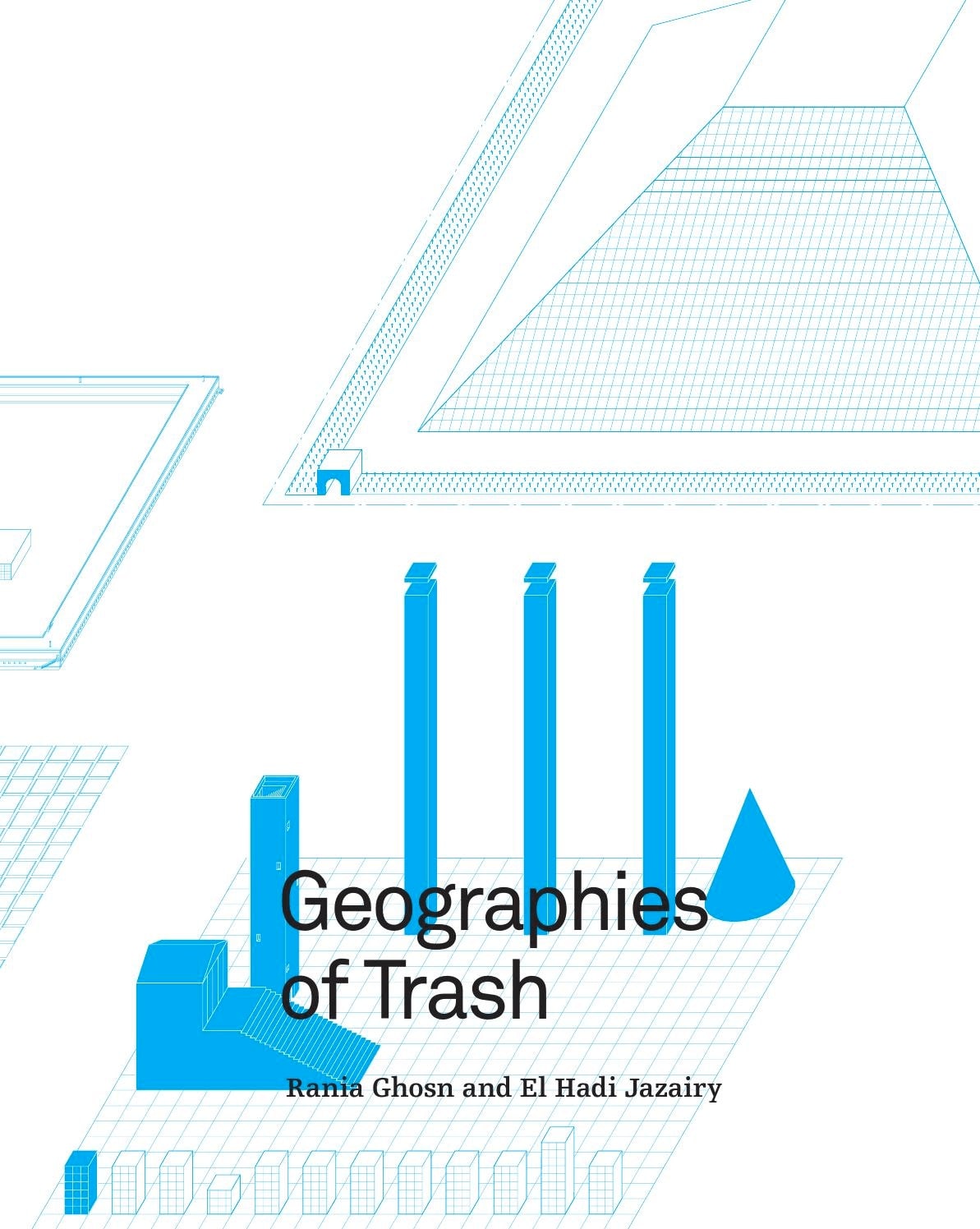
Geographies of Trash
Global Energy Monitor studies the evolving international energy landscape, creating databases, reports, and interactive tools that enhance understanding. Our work transforms complexity into clarity, enhancing the quality of public discourse on energy and the environment.
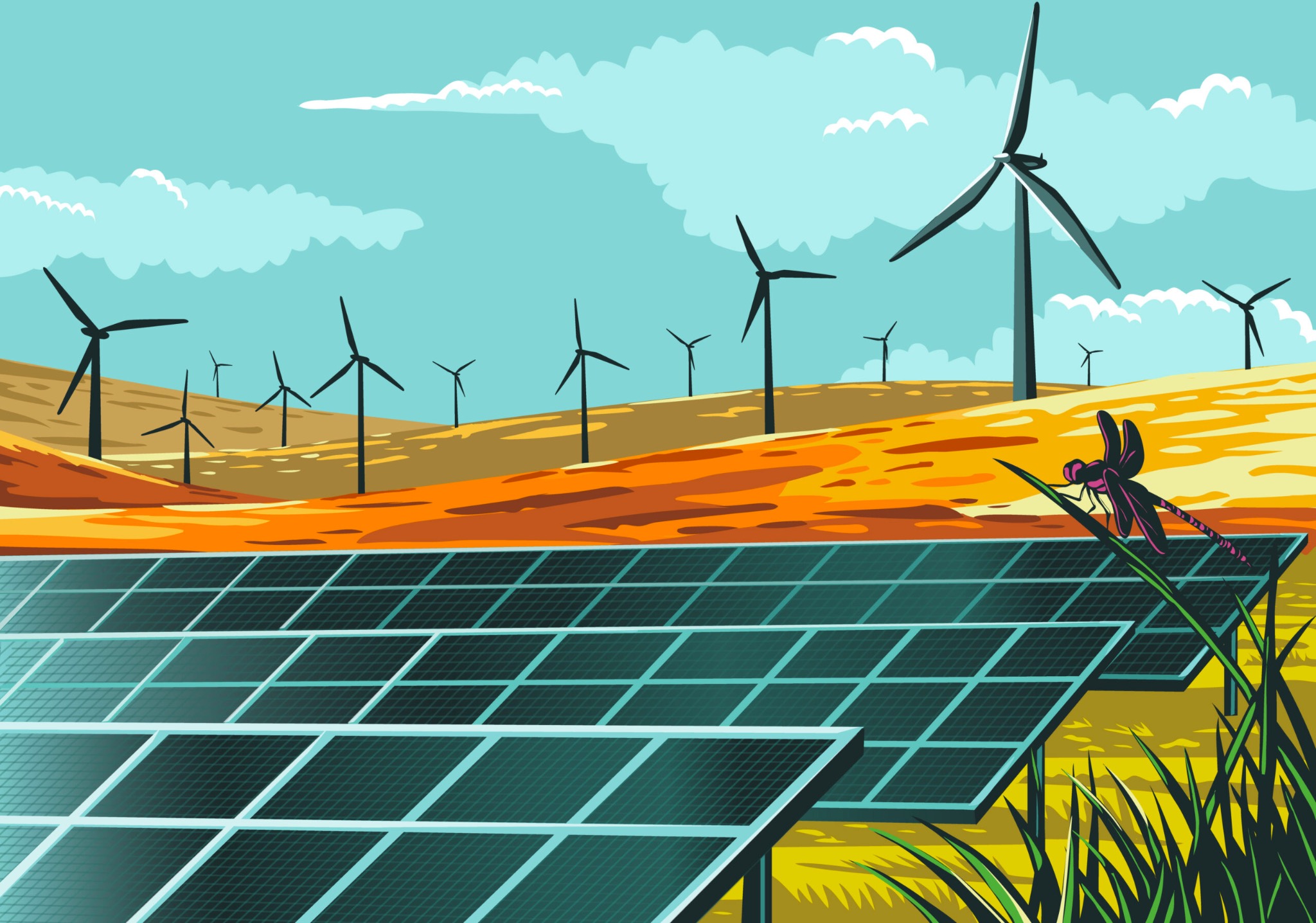
Global Energy Monitor
Stored in landfills, scattered on the surface of the oceans or dispersed in invisible particles in the atmosphere, waste is now an indelible imprint of our presence on earth, as well as a symptom of the crisis of the contemporary world. A powerful book on the impasses of "managerial" approaches to our waste society.
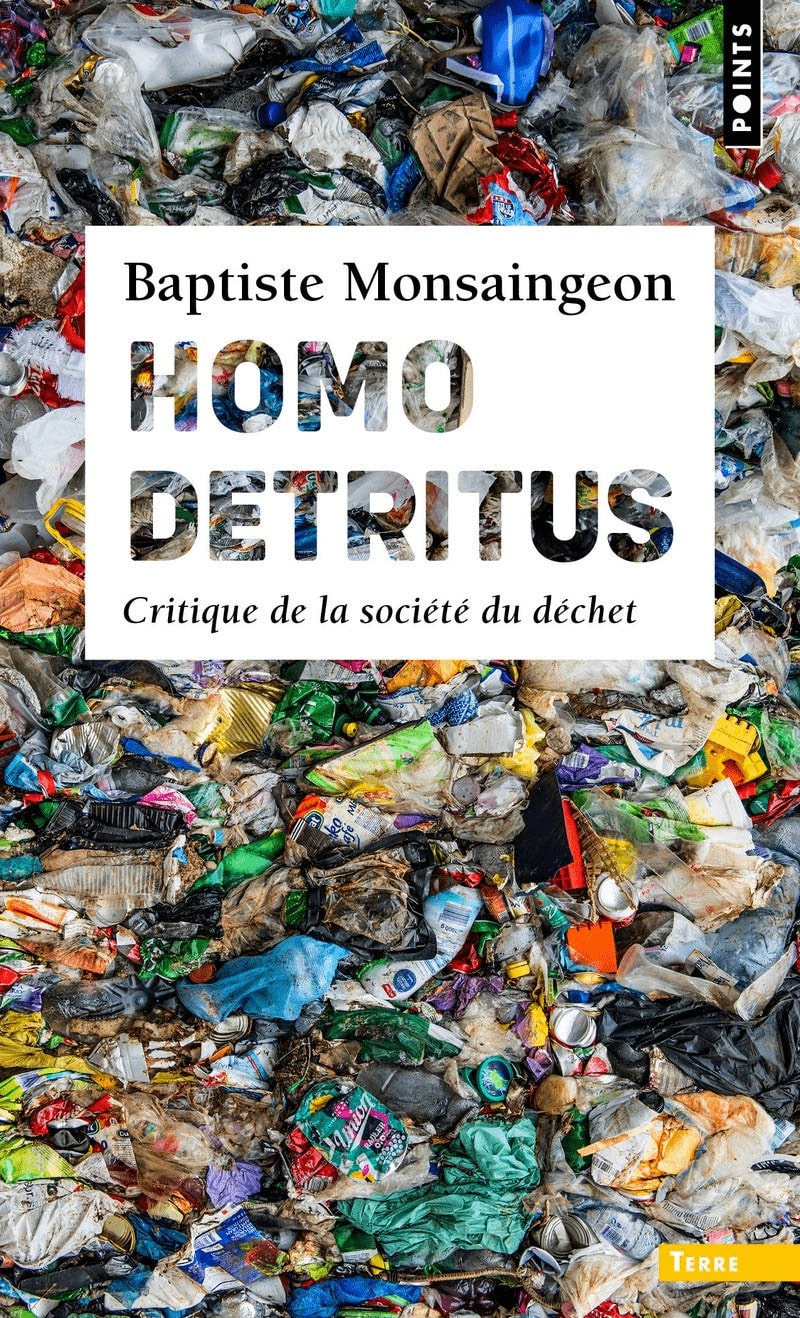
Homo Detritus
Hot, moist air has long been a powerful, yet largely invisible, working fluid in the colonial and modern enterprise. Processes of air conditioning represent acts of metabolism, ensuring the adaptation of air to the project of human domestication.
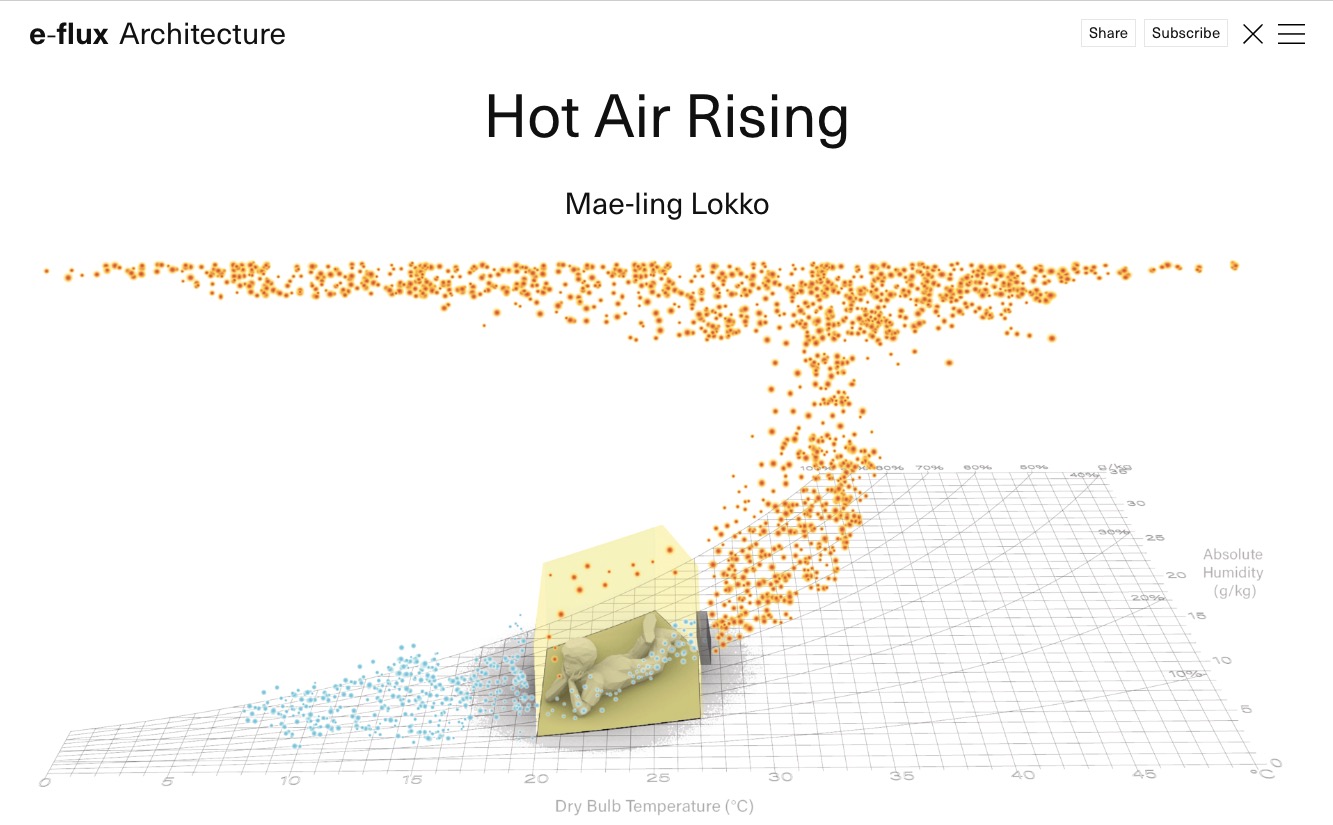
Hot Air Rising
The radical fix for a noxious landfill in Staten Island: Bury the trash, plant some grass and do nothing for 20 years.
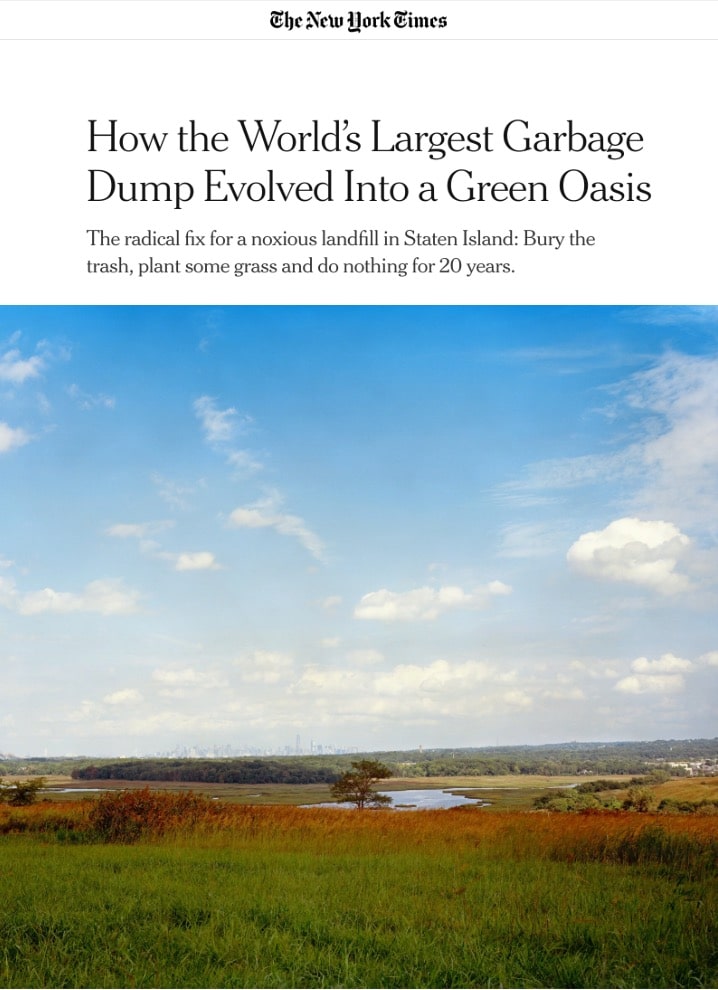
How the World’s Largest Garbage Dump Evolved Into a Green Oasis
Sensors are increasingly common within citizen-sensing and DIY projects, but these devices often require the use of a how-to guide. How to Do Things with Sensors explores the ways in which things are made do-able with and through sensors and further considers how worlds are made sense-able and actionable through the instructional mode of citizen-sensing projects.

How to do things with sensors?
Global warming is perhaps the most dramatic example of what Timothy Morton calls “hyperobjects”—entities of such vast temporal and spatial dimensions that they defeat traditional ideas about what a thing is in the first place. Morton explains what hyperobjects are and their impact on how we think, how we coexist, and how we experience our politics, ethics, and art.
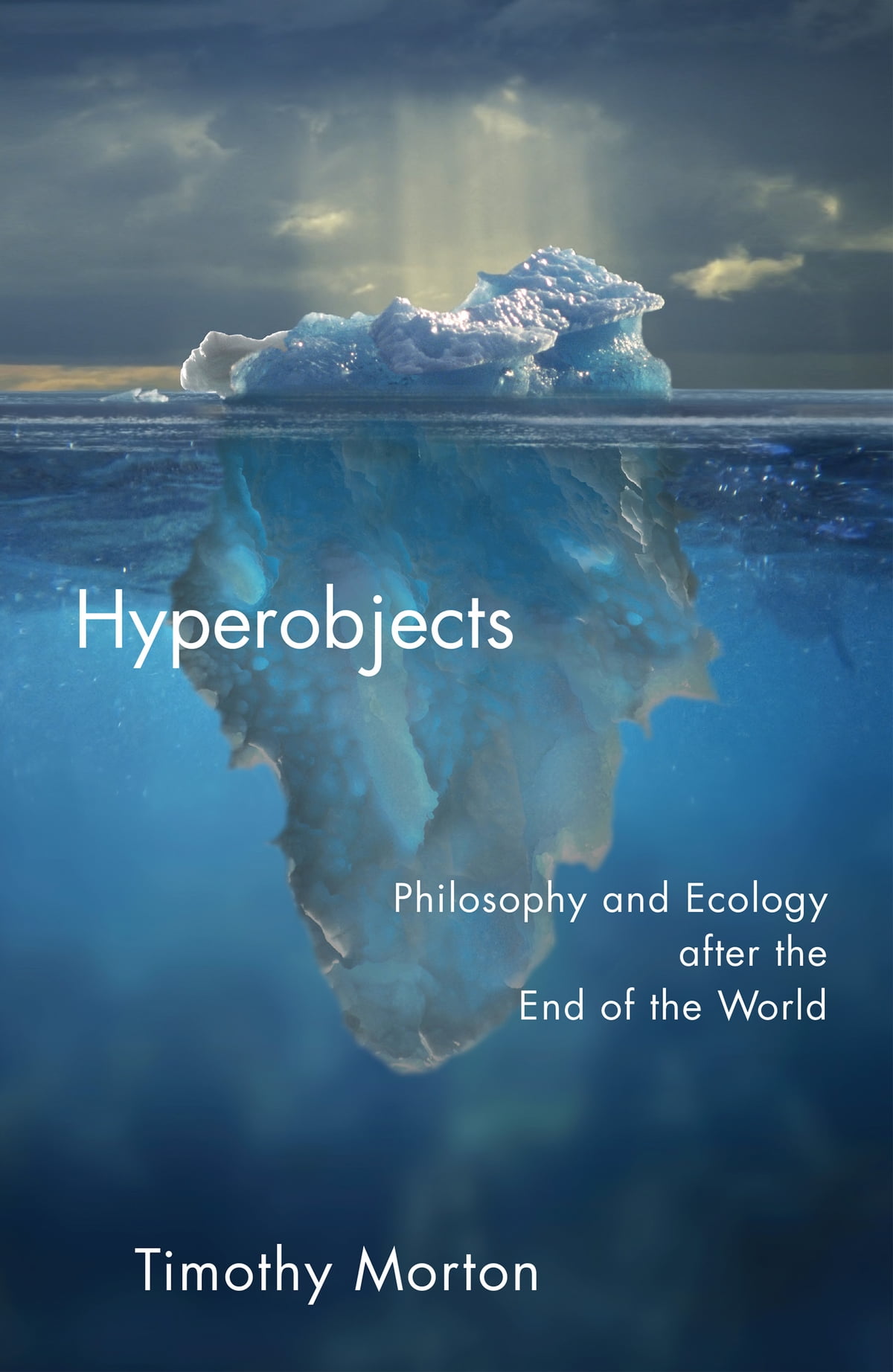
Hyperobjects: Philosophy and ecology after the end of the world
Despite the obvious potential of insects as human food, animal feed, and fertilizer, scientists disagree about the future of an industry that seeks to convert crickets, mealworms, black soldier fly larvae, and other creepy critters into products that can be safely shelved in grocery stores, sold to feed lots, and developed into pharmaceutical products.
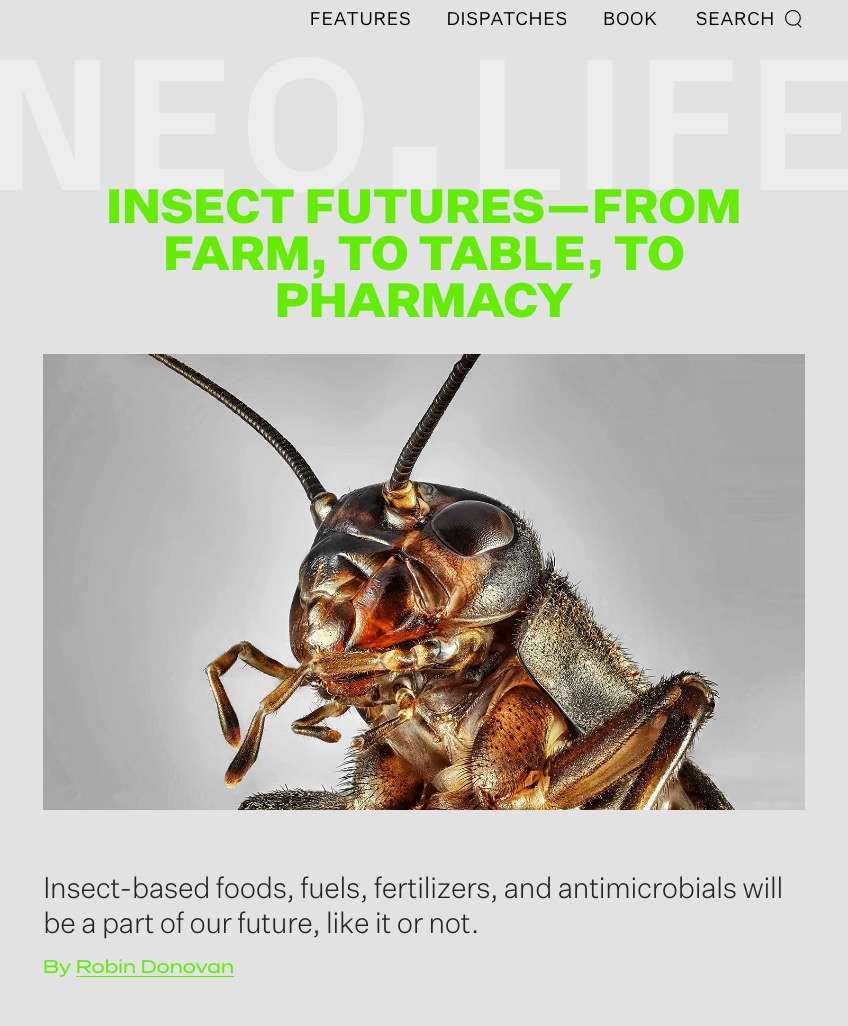
Insect Futures - from farm to table to pharmacy
In February 2019, the Government of Spain approved the Strategic Framework for Energy and Climate. This is structured in three pillars: the preliminary draft of the Climate Change Law, the draft of the National Integrated Energy and Climate Plan (PNIEC), and the Just Transition Strategy (ETJ). The third element of the Framework seeks to maximize social gains from the ecological transformation and mitigate negative impacts. It is articulated in this Just Transition Strategy.
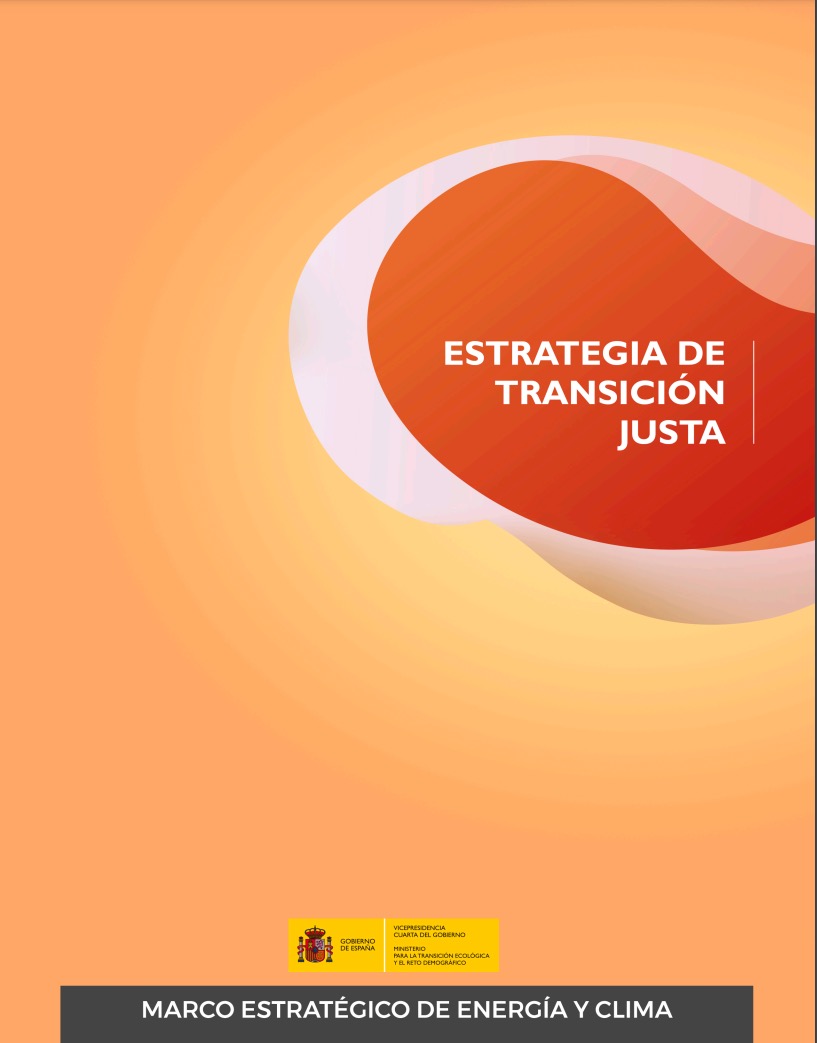
Estrategia de Transición Justa
For Ivan Illich, "belief in the possibility of high levels of clean energy as a solution to all ills" was the core of the "fundamental illusion". Today, in times of energy crisis, this illusion is fed by renewable energies. If we want to understand the energy labyrinth, we cannot isolate the technical issue from all its political and philosophical conditioning factors. The history of energy is also the history of the concentration of power.
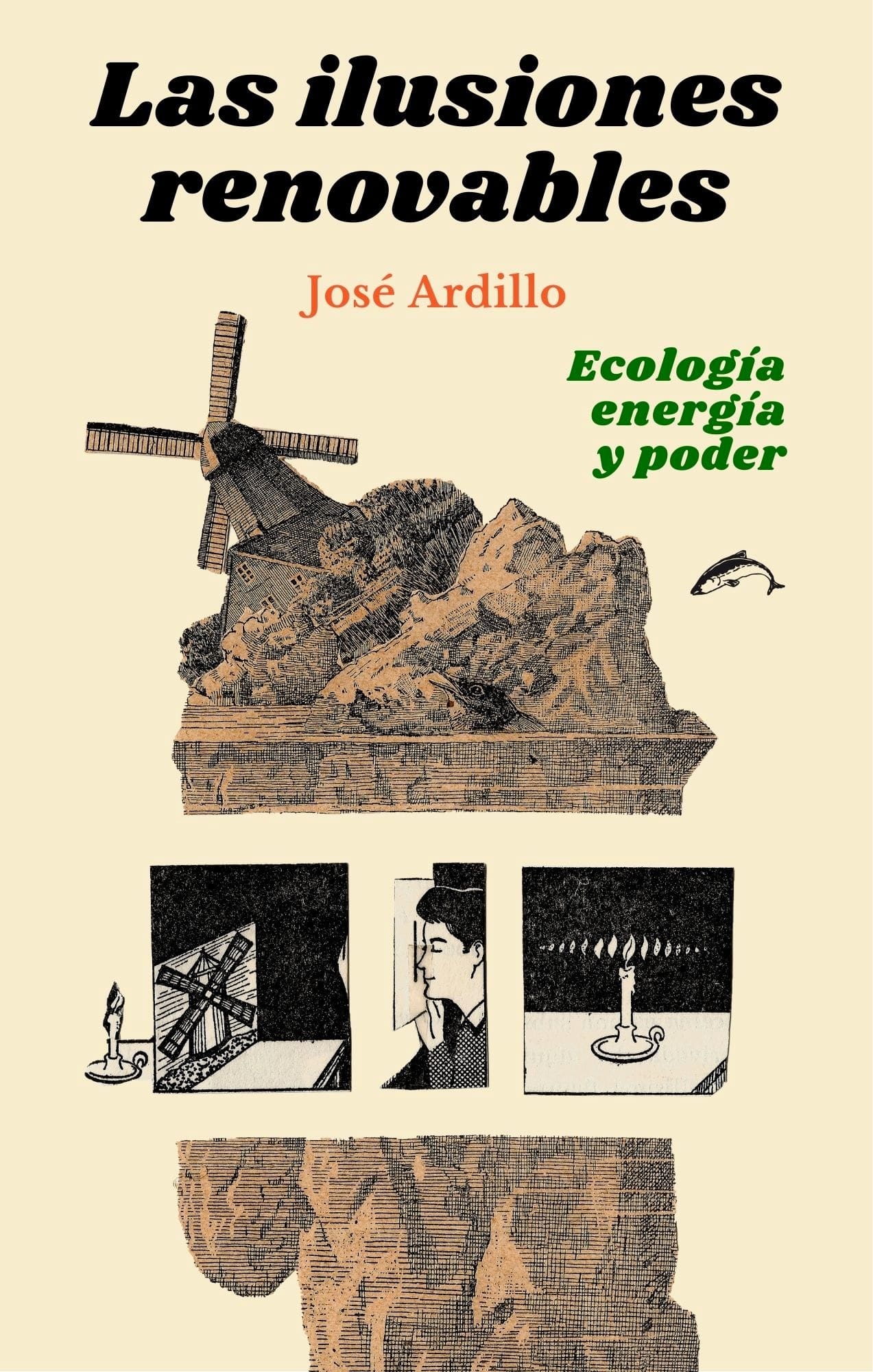
Las ilusiones renovables: Ecología, energía y poder
The purpose of this law is to ensure Spain's compliance with the objectives of the Paris Agreement; to facilitate the decarbonization of the Spanish economy, its transition to a circular model, so as to guarantee the rational and supportive use of resources; and to promote adaptation to the impacts of climate change and the implementation of a sustainable development model that generates decent employment and contributes to the reduction of inequalities.
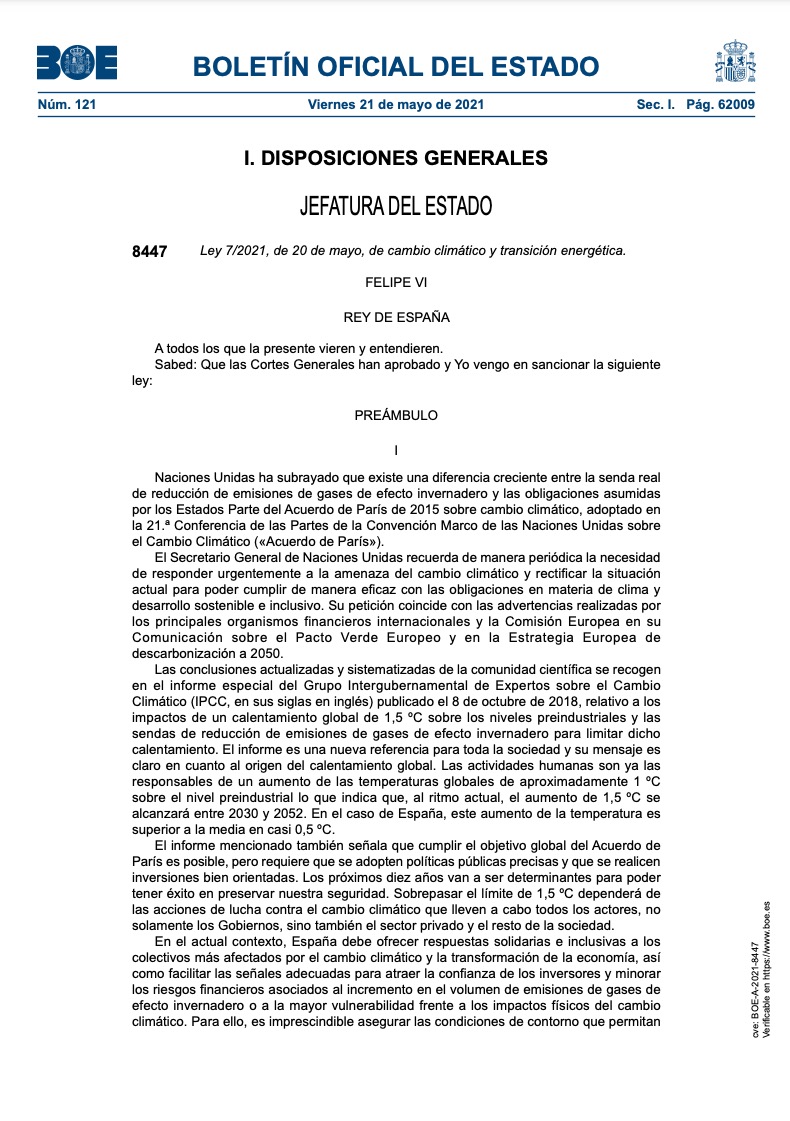
Ley Española de Cambio Climático
Lo—TEK, derived from Traditional Ecological Knowledge, is a cumulative body of multigenerational knowledge, practices, and beliefs, countering the idea that indigenous innovation is primitive and exists isolated from technology.
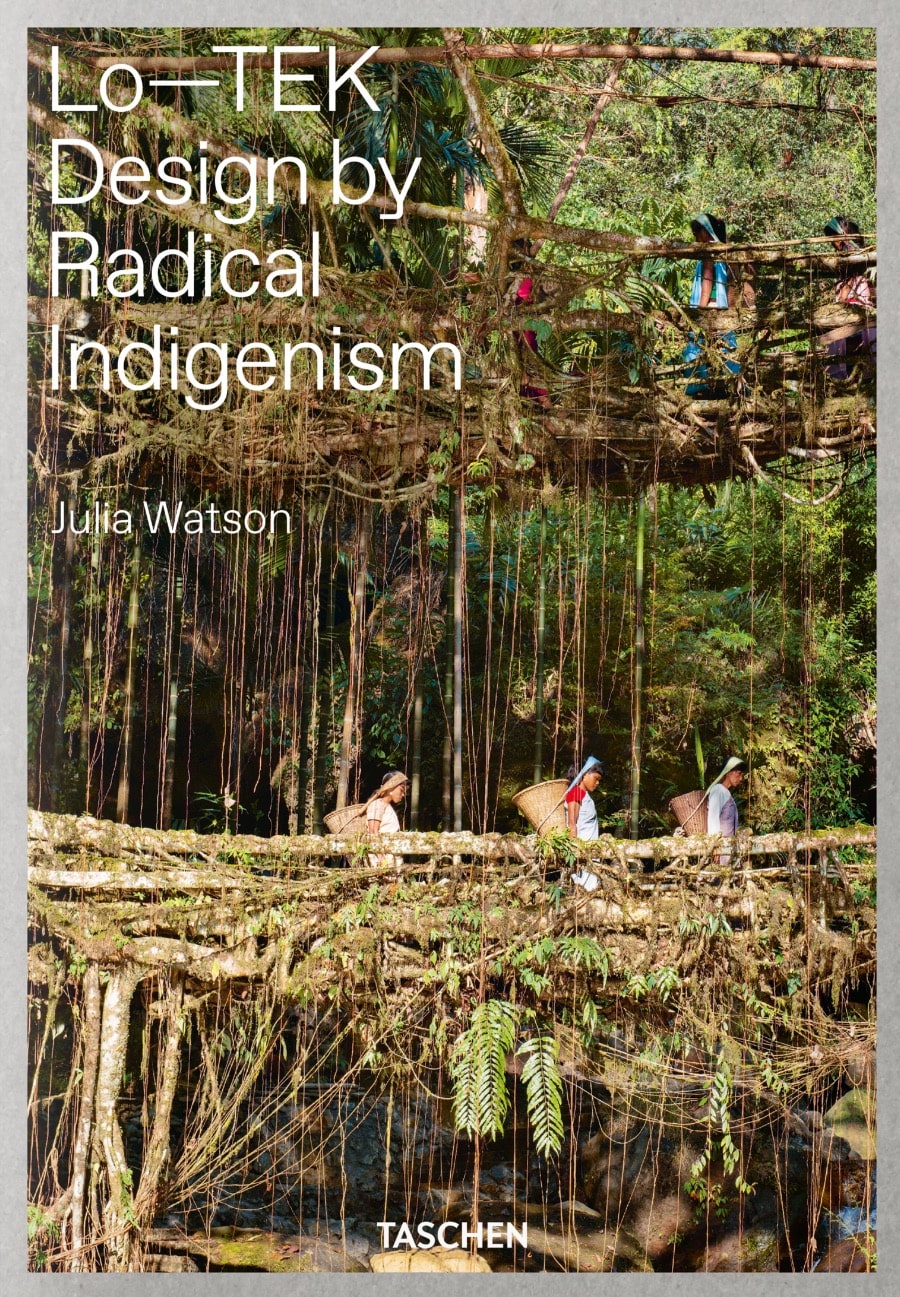
Lo-TEK: Design by Radical Indigenism
“Overcoming Carbon Form” reconceives architecture's role in climate change, away from sustainability and solutionism and toward architecture's formal complicity and potential agency in addressing the climate crisis.
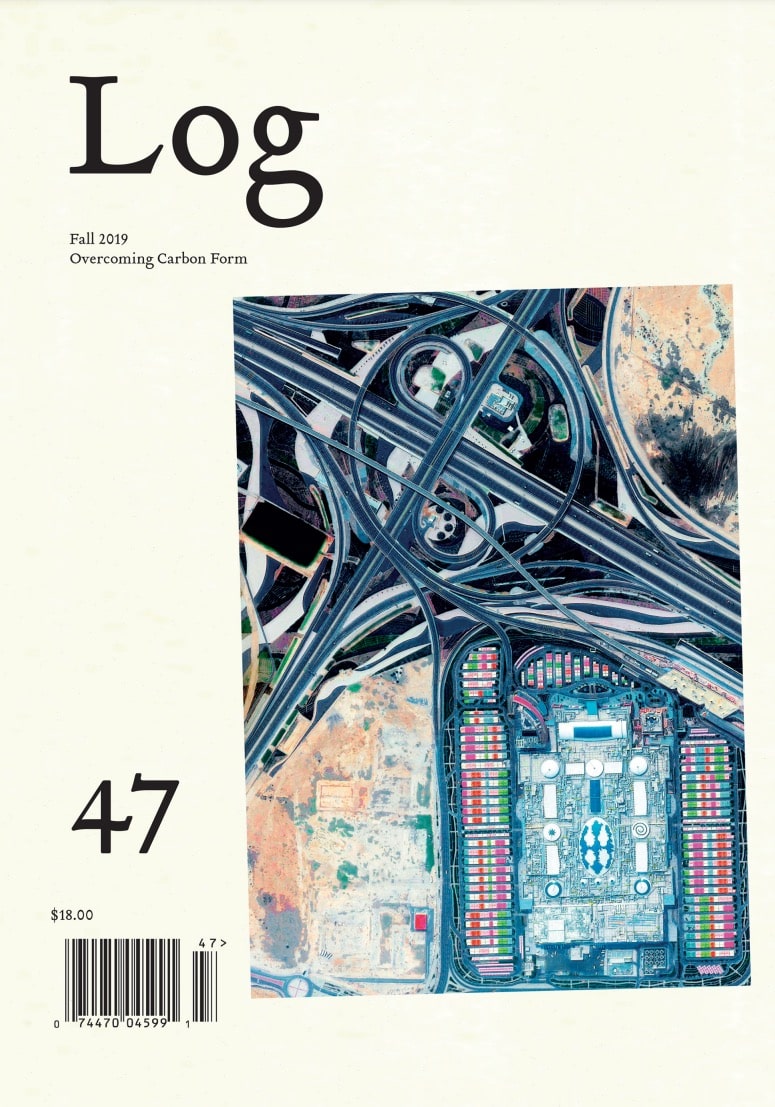
Log 47: Overcoming Carbon Form
Made to Break is a history of twentieth-century technology as seen through the prism of obsolescence. America invented everything that is now disposable, Giles Slade tells us, and he explains how disposability was in fact a necessary condition for America's rejection of tradition and our acceptance of change and impermanence.
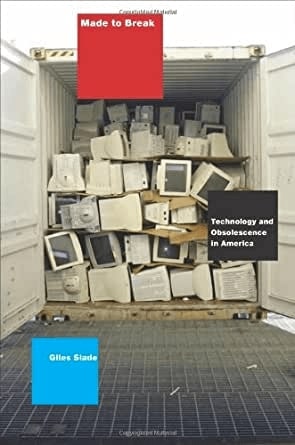
Made to Break
The industrial stretch of the Mississippi River between Baton Rouge and New Orleans, a region known as “Cancer Alley,” is one of the most highly polluted areas in the country. A ProPublica analysis using a scientific model developed by the Environmental Protection Agency shows that some of the neighborhoods where new plants are being built already have very high concentrations of toxic chemicals. But Louisiana continues to approve the building of these new plants and the expansion of existing ones.
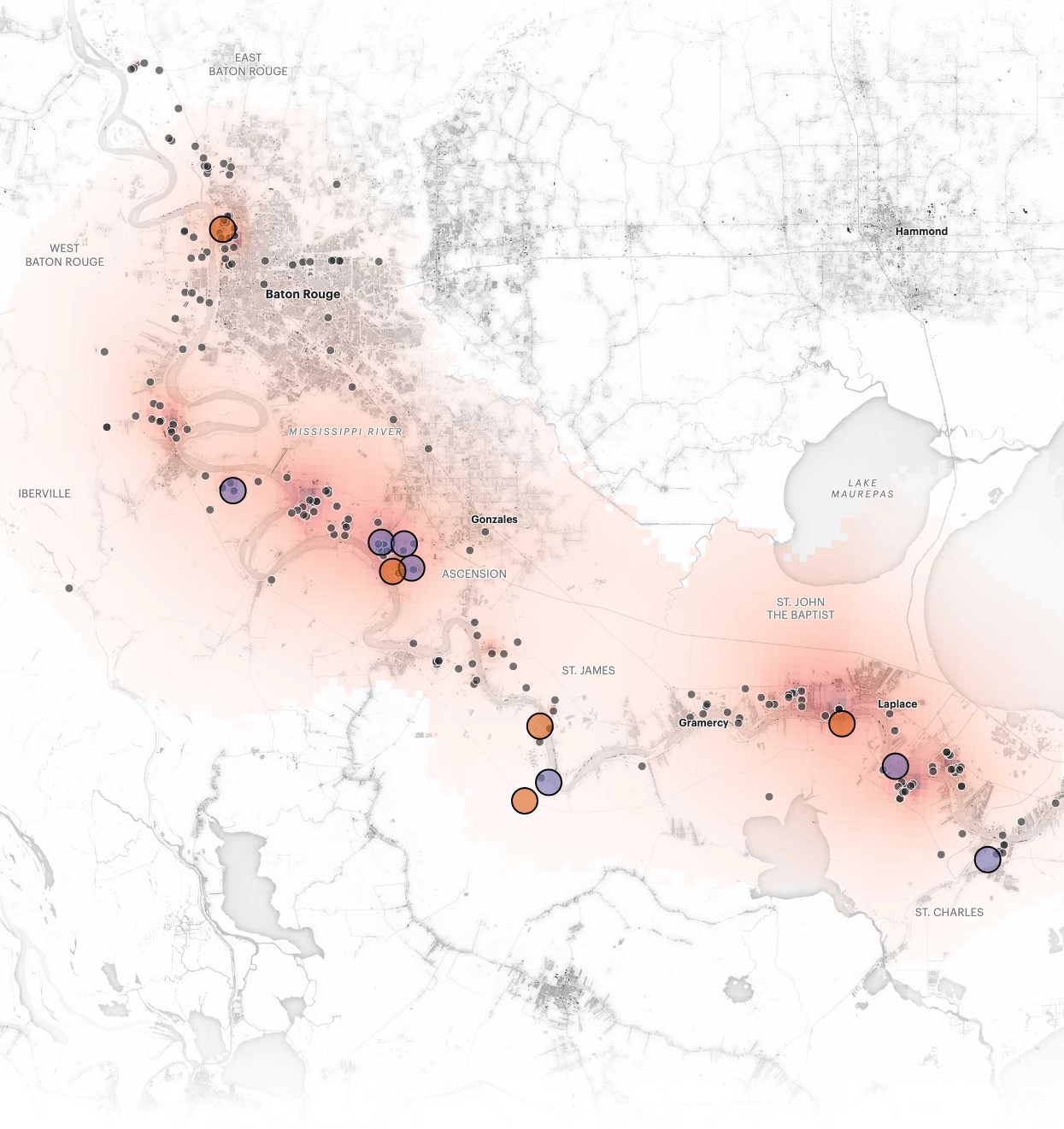
Mapping Cancer Alley
The ubiquity of food waste has sparked the interest of designers and industries around the globe who see its potential as a new (and abundant) raw material. One burgeoning area of interest in design is the use of the by-products generated by specific food sectors to engineer new materials.
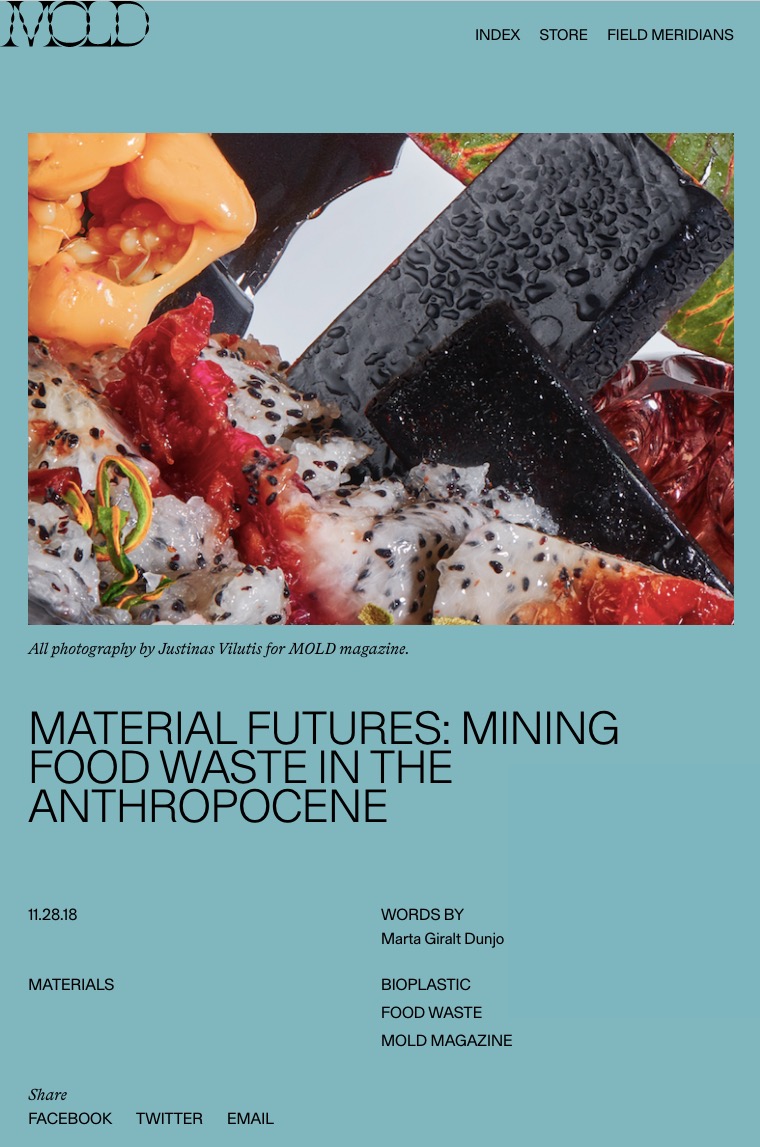
Material Futures: Mining food Waste in the Antropochene
An open database of regenerative materials - what they're made of, how they're made, and their performance properties.

Materiom
Could architecture be understood as the practice of guardianship of the environment, both physical and social, rather than an agent of depletion? Could the role of the architect deal less with form and more with integration, circularity, reuse, material research, and community building? What are the models and metrics that such a paradigm could adopt?
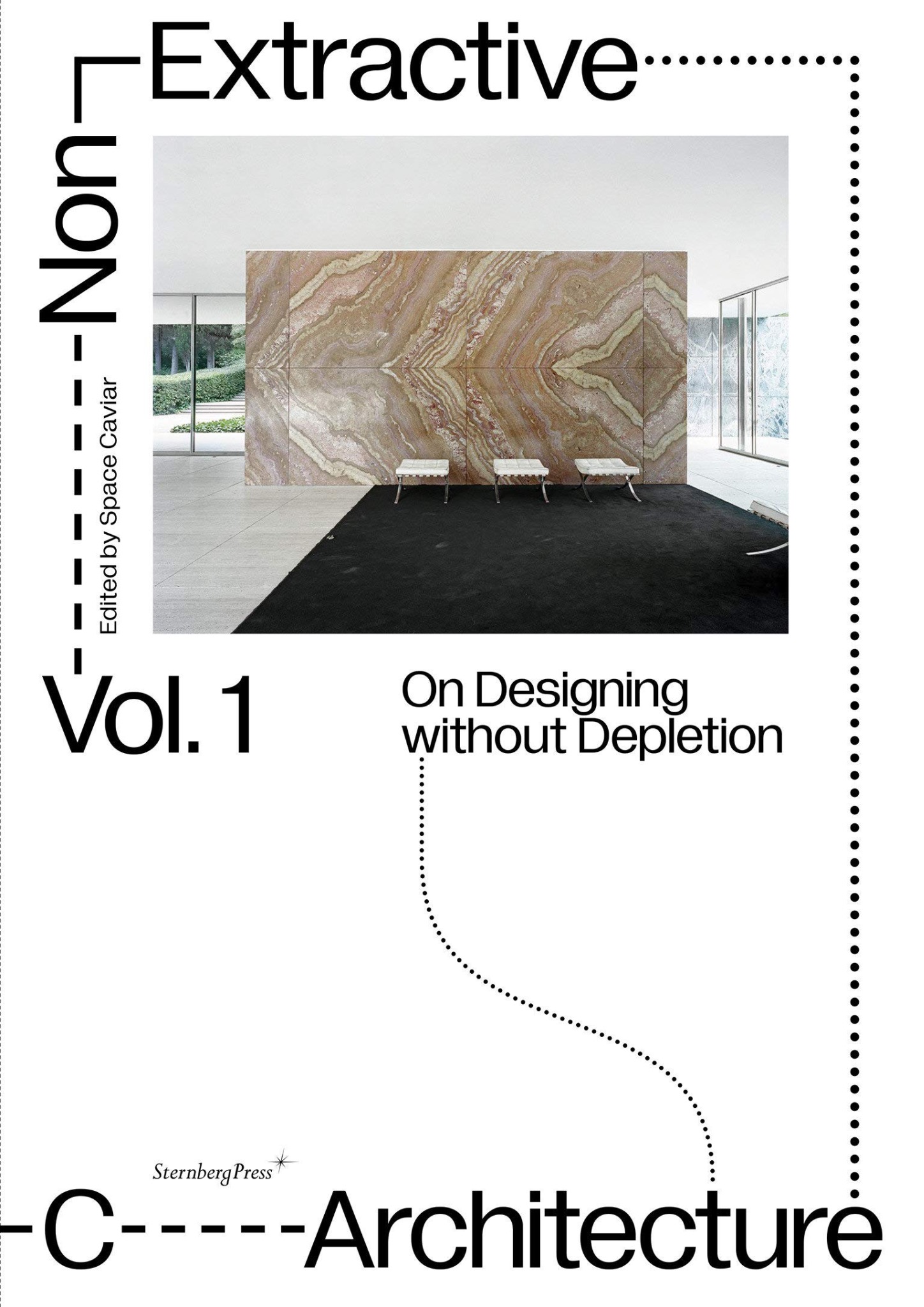
Non-Extractive Architecture: On Designing Without Depletion
Urbanization organizes the planetary terrain—not just through cities and agglomeration zones, but also through the totality of diffused production areas and global commodity chains. On the basis of a metageographical analysis, urbanist Nikos Katsikis portrays the extensive transformation of the planetary terrain through the assembly of operational landscapes into a functional “Hinterglobe.”
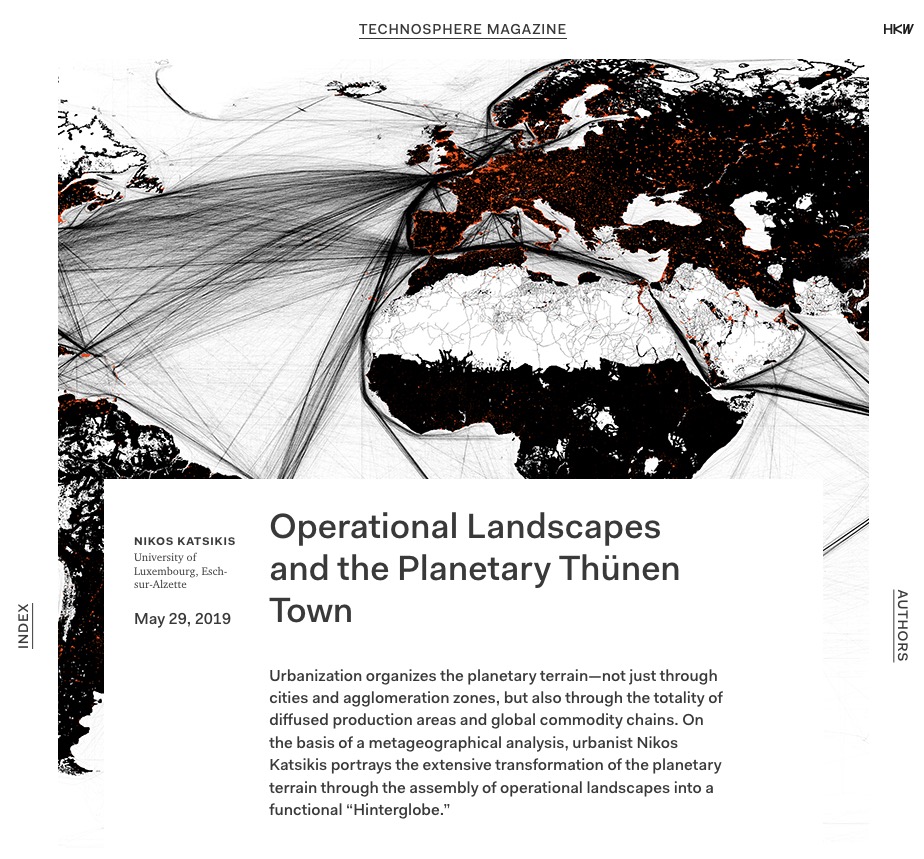
Operational Landscapes and the Planetary Thünen Town
The Ore Streams website presents a study led by Studio Formafantasma on the current state of e-waste management. The website collects the research outcomes and compiles an archive of documents, videos, books and articles on the topic.
Orestreams
Petrocalypsis is a crude and clear analysis of the possible alternatives to our current energy system. In contrast to the triumphalism that often appears in the news about the future use of new energy sources, the book concisely explains why the solutions discussed during the last two decades do not work.
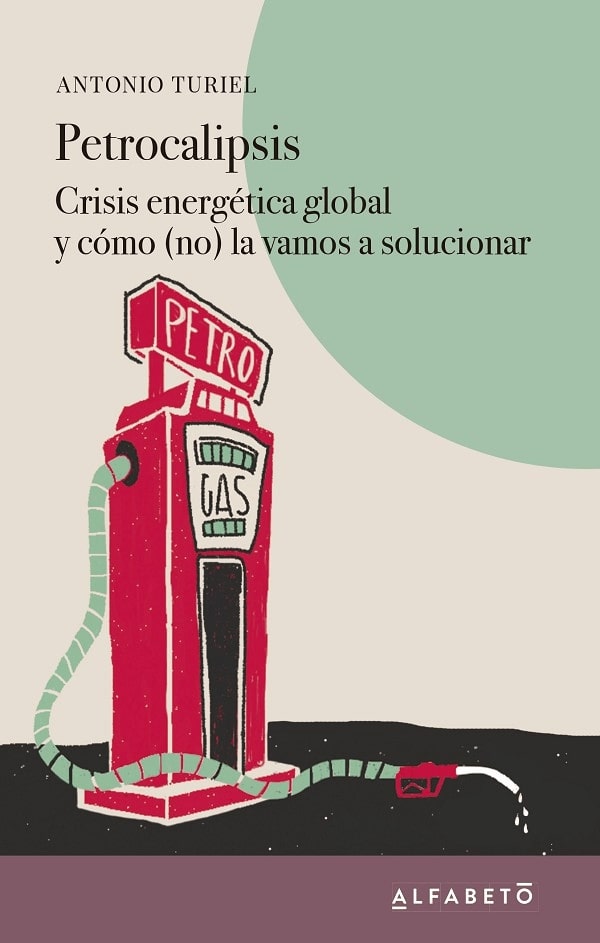
Petrocalipsis, crisis energétca global y cómo (no) la vamos a solucionar
The PNIEC is divided into two main blocks: the first one details the process, objectives, policies and measures to achieve the Plan's objectives, as well as the analysis of the economic, employment, distributive and health benefits impact. The second block, made up of the Annexes to the main document, includes the analytical part, which details the projections of both the Trend Scenario and the Target Scenario.
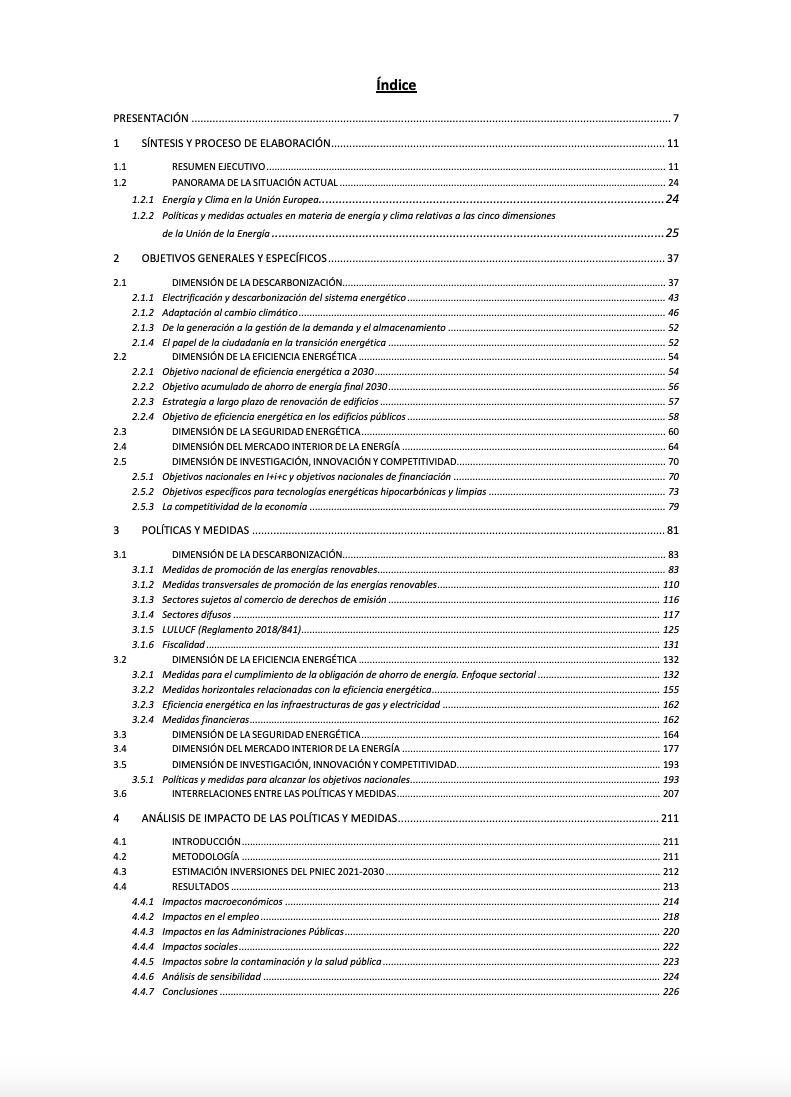
Plan Nacional Integrado Energía y Clima
A clarion call to rethink natural resource extraction beyond the extractive industries. Planetary Mine rethinks the politics and territoriality of resource extraction, especially as the mining industry becomes reorganized in the form of logistical networks, and East Asian economies emerge as the new pivot of the capitalist world-system.
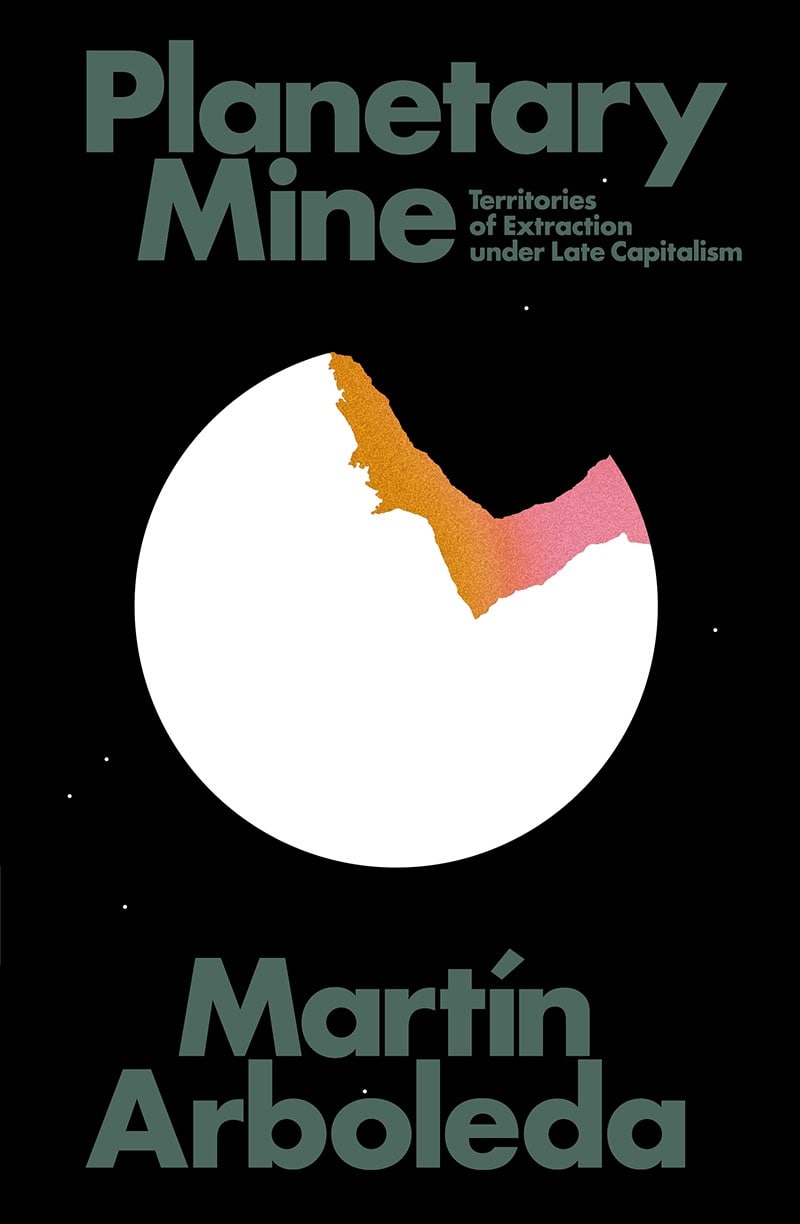
Planetary Mine
The term “plastiglomerate” refers most specifically to “an indurated, multi-composite material made hard by agglutination of rock and molten plastic. This material is subdivided into an in situ type, in which plastic is adhered to rock outcrops, and a clastic type, in which combinations of basalt, coral, shells, and local woody debris are cemented with grains of sand in a plastic matrix.
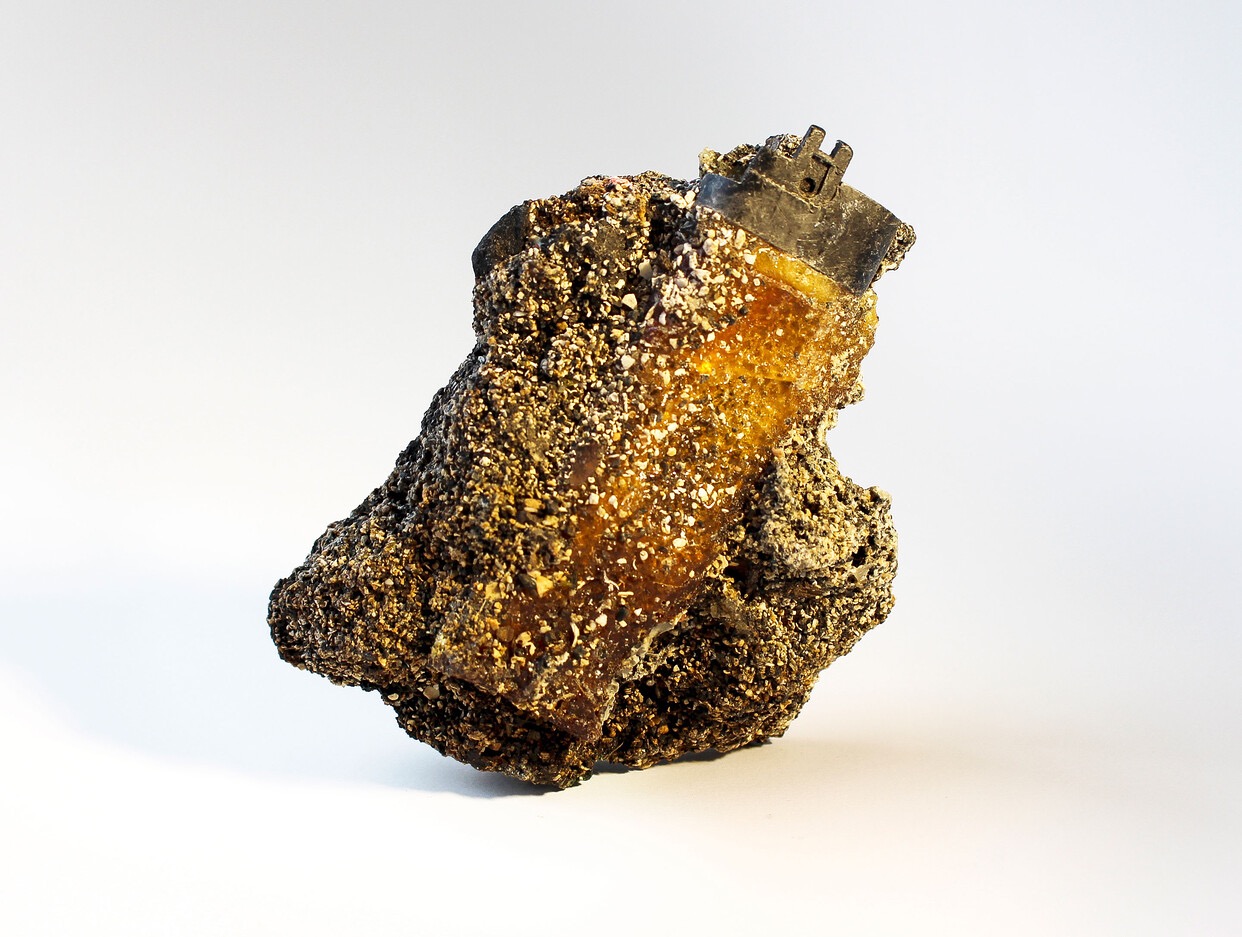
Plastiglomerate
A pioneering examination of nuclear trauma, the continuing and new nuclear peril, and the subjectivities they generate. Focusing on the legacies of the Manhattan Project, Hiroshima, and nuclear energy politics, Radioactive Ghosts takes us on a tour of the little-seen sides of our nuclear world.
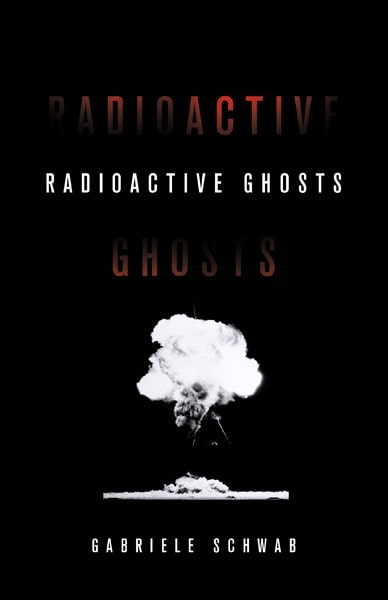
Radioactive Ghost
An examination of the global trade and traffic in discarded electronics that reframes the question of the “right” thing to do with e-waste. Lepawsky counters the assumption that e-waste is a post-consumer problem, pointing out that waste occurs at all stages of electronic materials' existence, and calls attention to the under-researched world of reuse and repair.
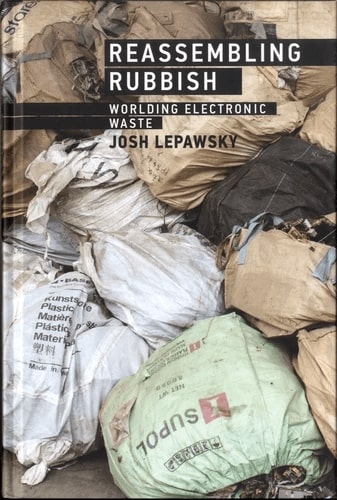
Reassembling Rubish: Worlding Elecronic Waste
From our foraging hunter-gatherer ancestors to the enormous appetites of modern cities, food has shaped our bodies and homes, our politics and trade, and our climate. Whether it's the daily decision of what to eat, or the monopoly of industrial food production, food touches every part of our world. But by forgetting its value, we have drifted into a way of life that threatens our planet and ourselves.
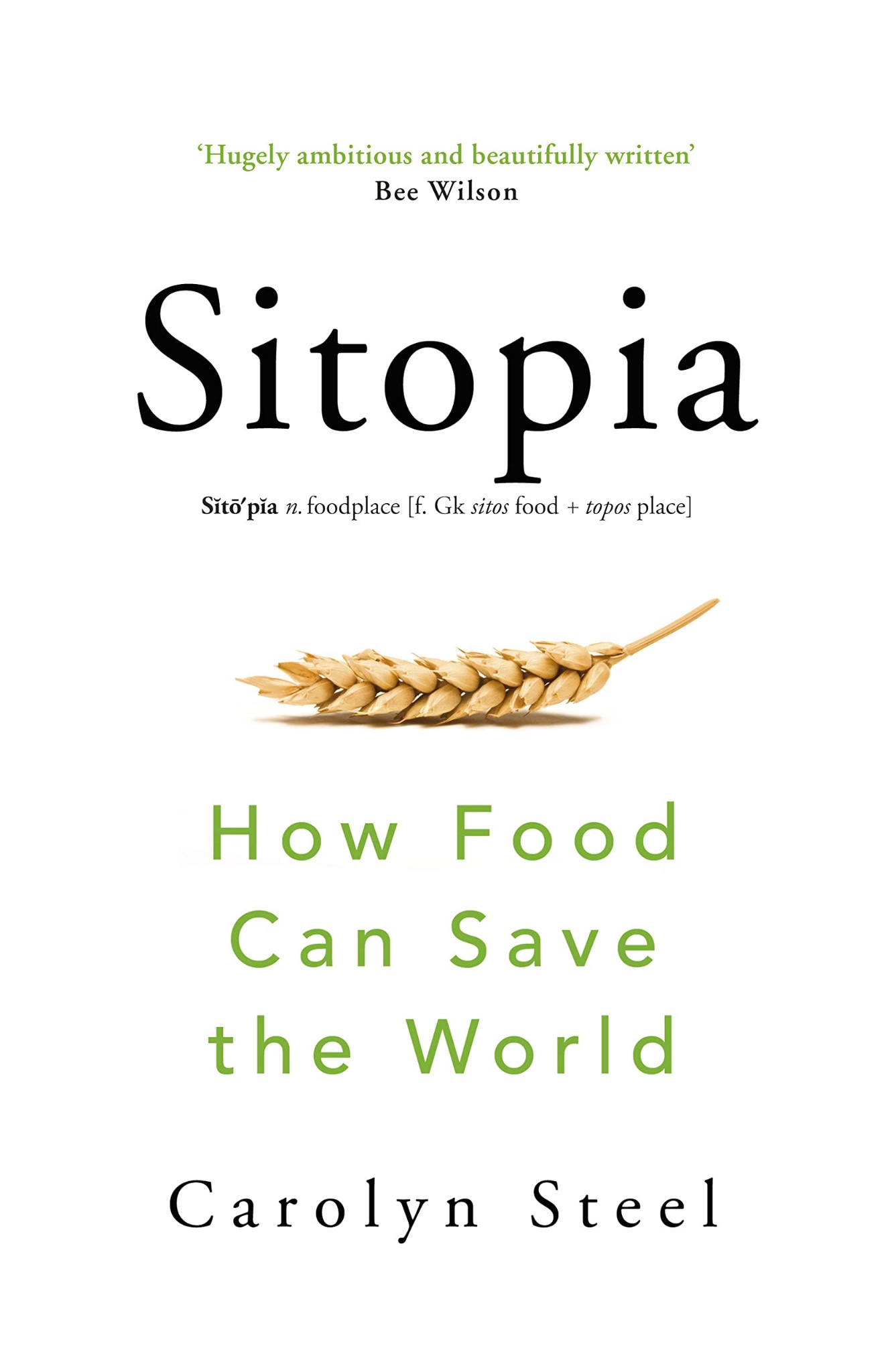
Sitopia: How Food Can Save the World
Food is the tissue of civilization, weaving cities and countries together. In her essay, architect and food thinker Carolyn Steel provides a powerful prompt for us to reconsider the geographic and societal interdependency of urban centers and food-providing ecosystems and to find a way to move beyond the perils of the modern industrial food complex.
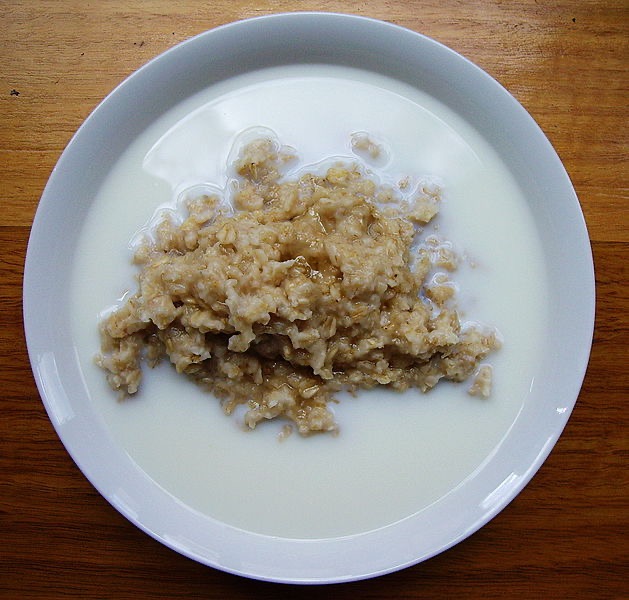
Sitopia: The Power of Thinking Through Food
What can we learn about care and processing emotions from soil cultivation? Activist and geography scholar Huiying Ng reflects on the unintentional effects of metabolic rifts in the geological and chemical realms, as they become enmeshed within the emotional fissures underlying our current social and cultural spheres.
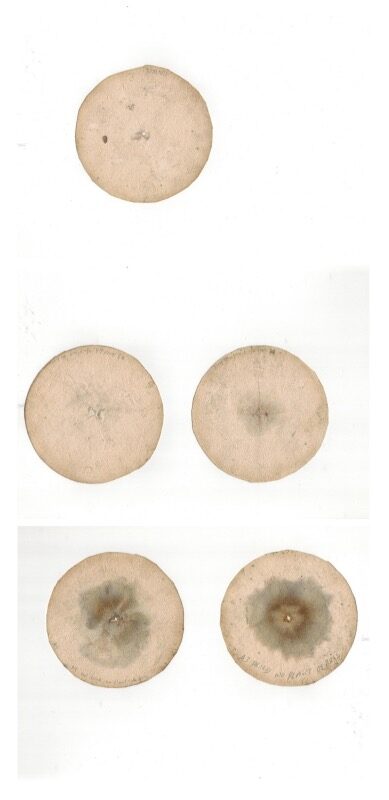
Soil’s Metabolic Rift: Metabolizing Hope, Interrupting the Medium
Solar energy needs a new narrative - one that says goodbye to old perspectives and only talks about the efficiency and the payback time of blue solar panels. This publication illustrates what we need to know to transition from solar technology to solar design using everyday integrated aesthetic solutions.
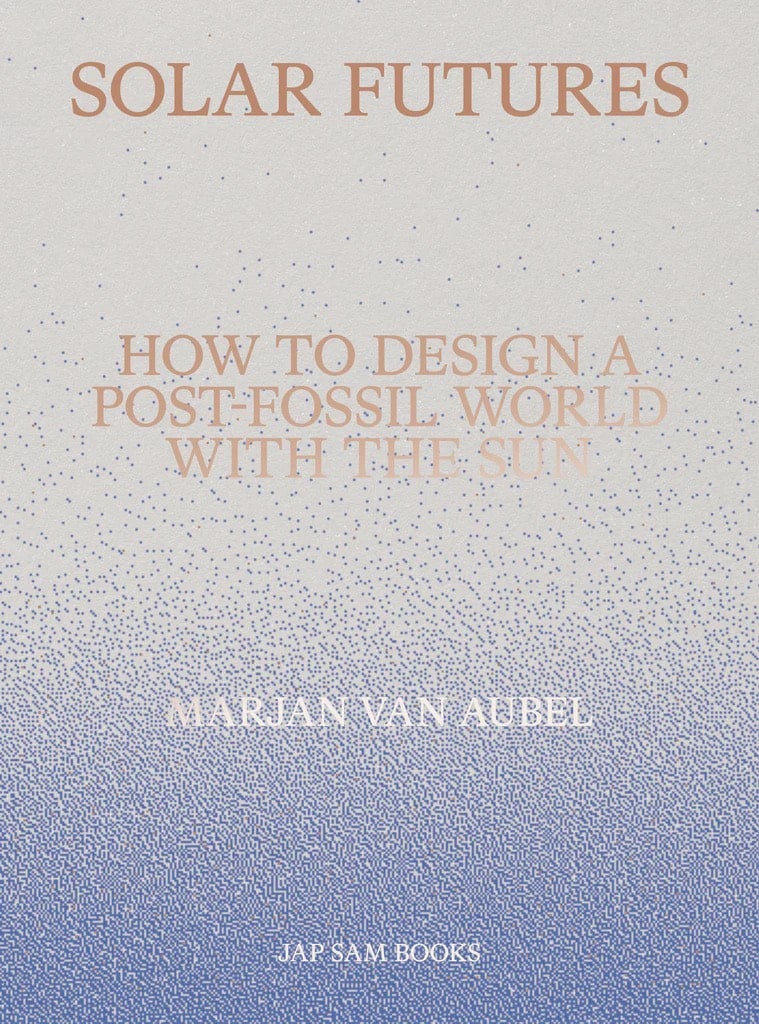
Radical Matter
Solarities considers the possibilities of organizing societies and economies around solar energy. Far from presenting solarity as a utopian solution to the climate crisis, it critically examines the ambiguous potentials of solarities: plural, situated, and often contradictory.
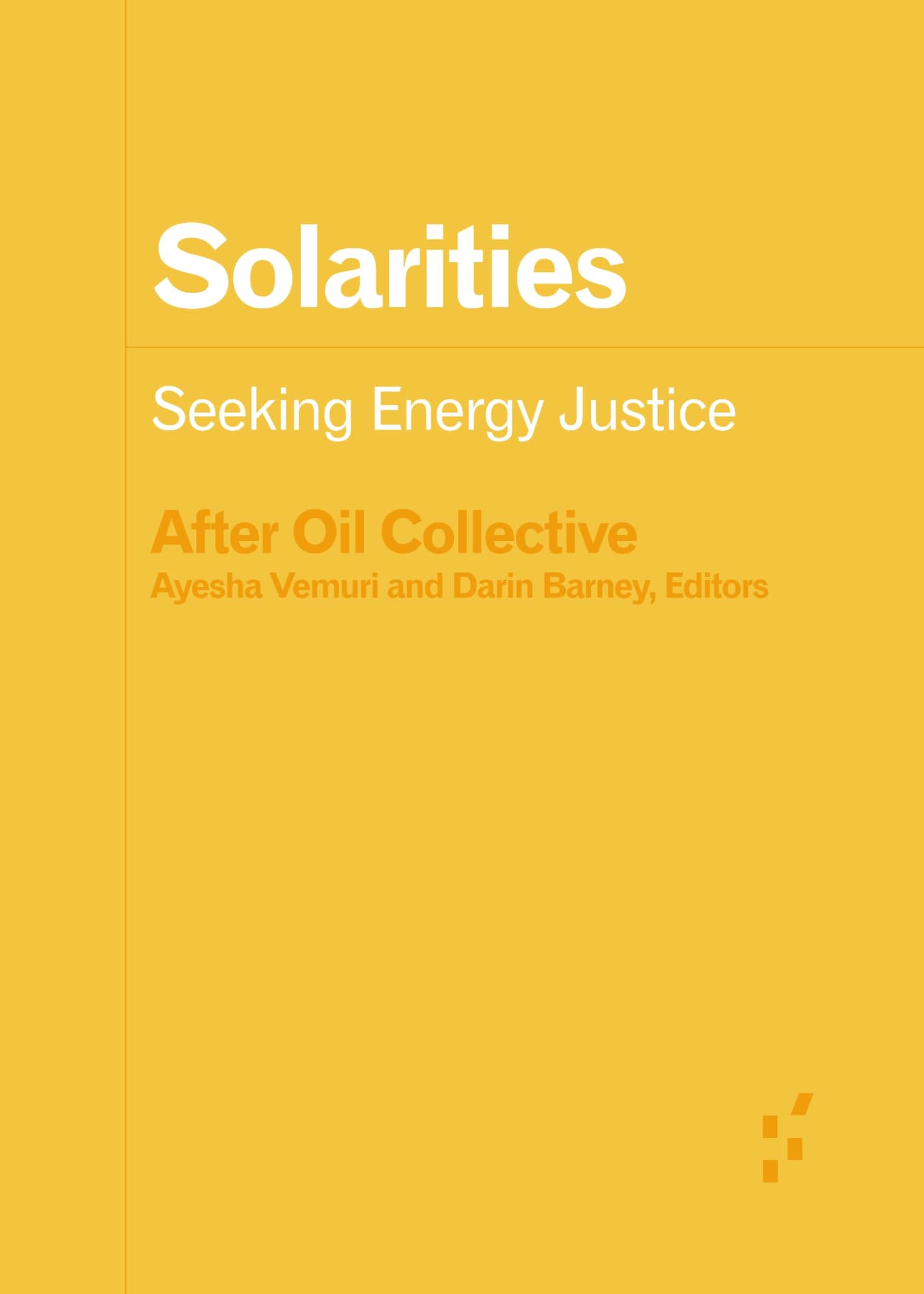
Solarities, seeking energy justice
In Subnature, David Gissen, examines experimental work by today's leading designers, scholars, philosophers, and biologists that rejects the idea that humans can somehow recreate a purely natural world, free of the untidy elements that actually constitute nature. Each chapter provides an examination of a particular form of subnature and its actualization in contemporary designpractice.
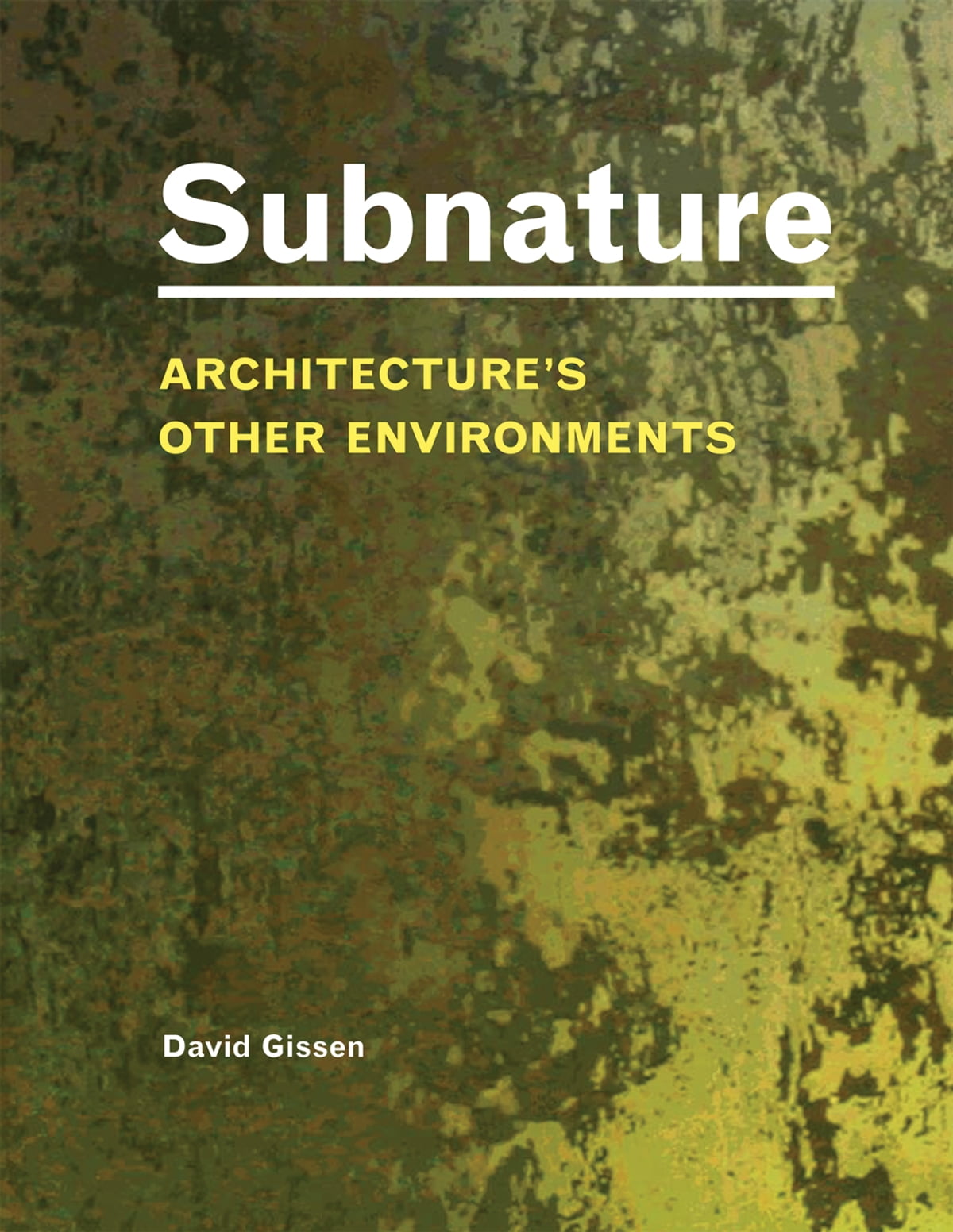
Subnature: Architecture's Other Environments
Buckminster Fuller is globally known as a design scientist, architect, author, poet, engineer, and a true visionary, way ahead of his time. As a surprise gift for his eighty-sixth birthday, he received Synergetic Stew: a compilation of cooking recipes contributed by his friends and colleagues
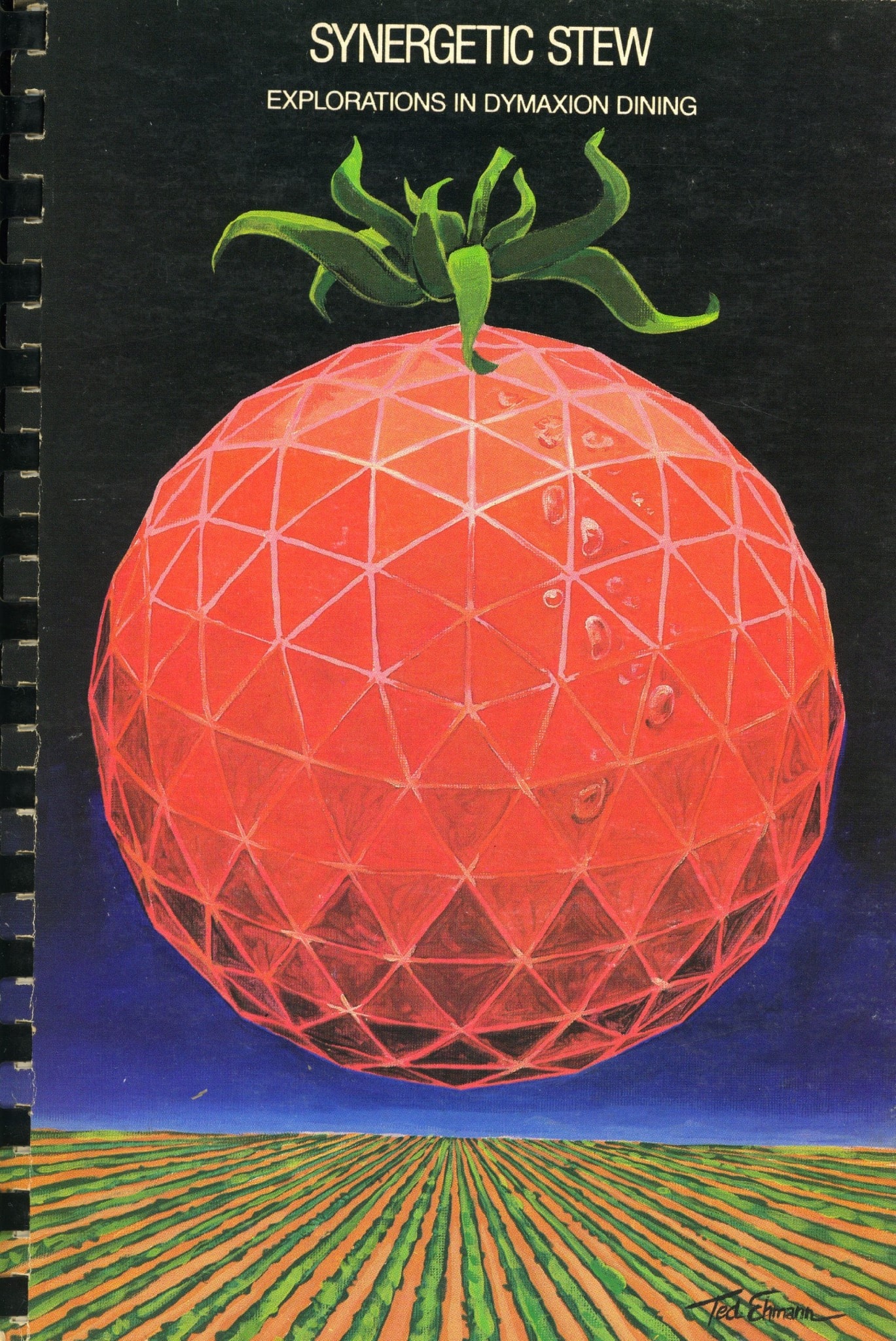
Synergetic Stew: Explorations in Dymaxion Dinning
Uno de los mayores esfuerzos intelectuales por secuenciar y analizar los estadios evolutivos de la técnica, la máquina y su máxima manifestación en la Revolución industrial.
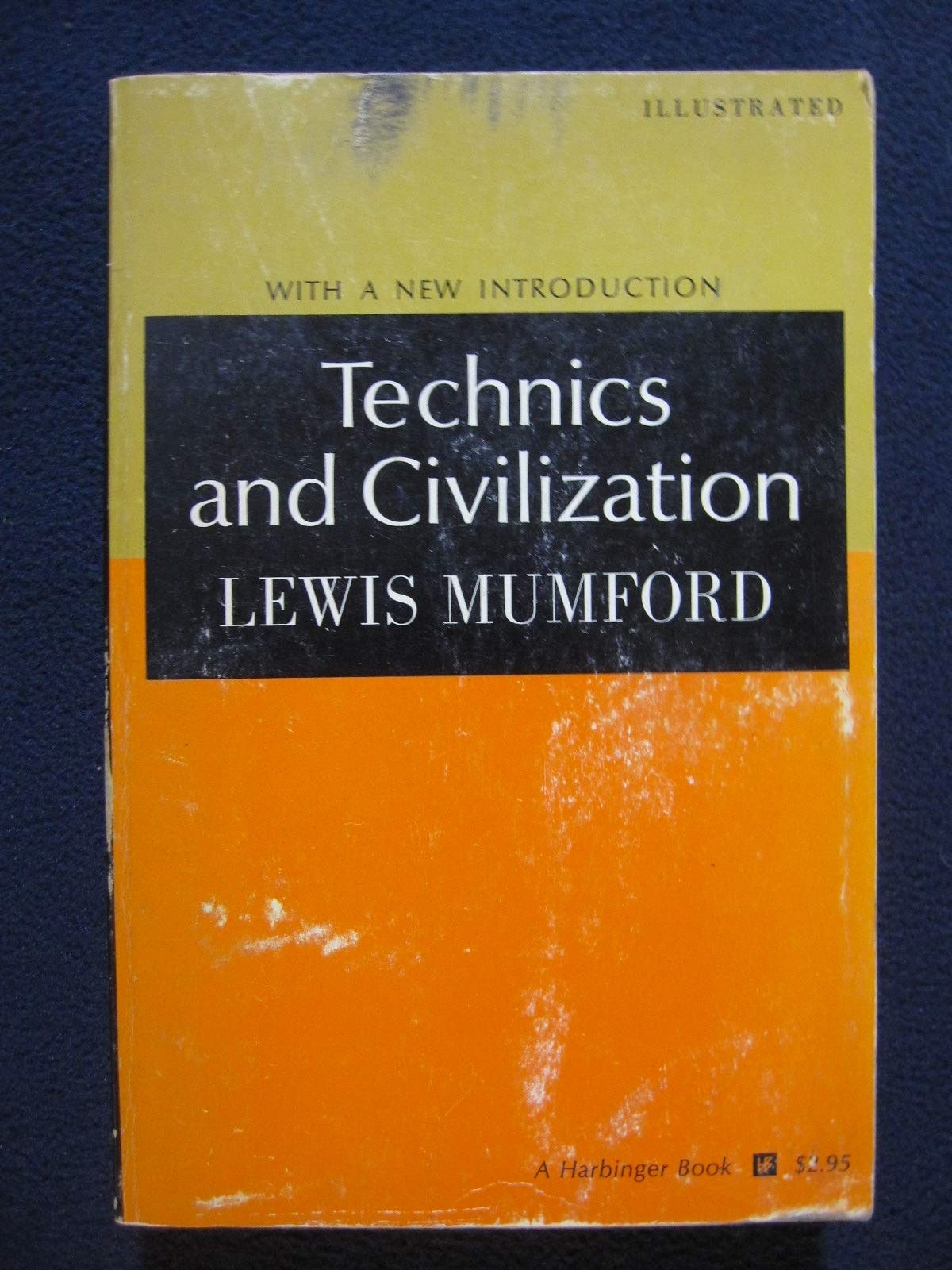
Técnica y civilización
What happens when human exceptionalism and bounded individualism, those old saws of Western philosophy and political economics, become unthinkable in the best sciences, whether natural or social? Seriously unthinkable: not available to think with.
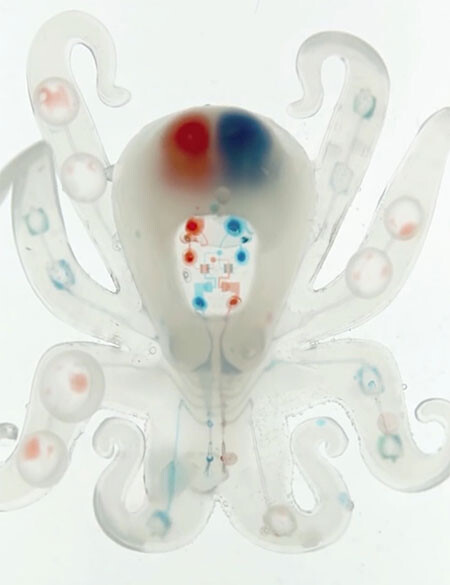
Tentacular Thinking: Anthropocene, Capitalocene, Chthulucene
By systematically excavating the historical connection between energy and work, Daggett argues that only by transforming the politics of work—most notably, the veneration of waged work—will we be able to confront the Anthropocene's energy problem. Substituting one source of energy for another will not ensure a habitable planet; rather, the concepts of energy and work themselves must be decoupled.
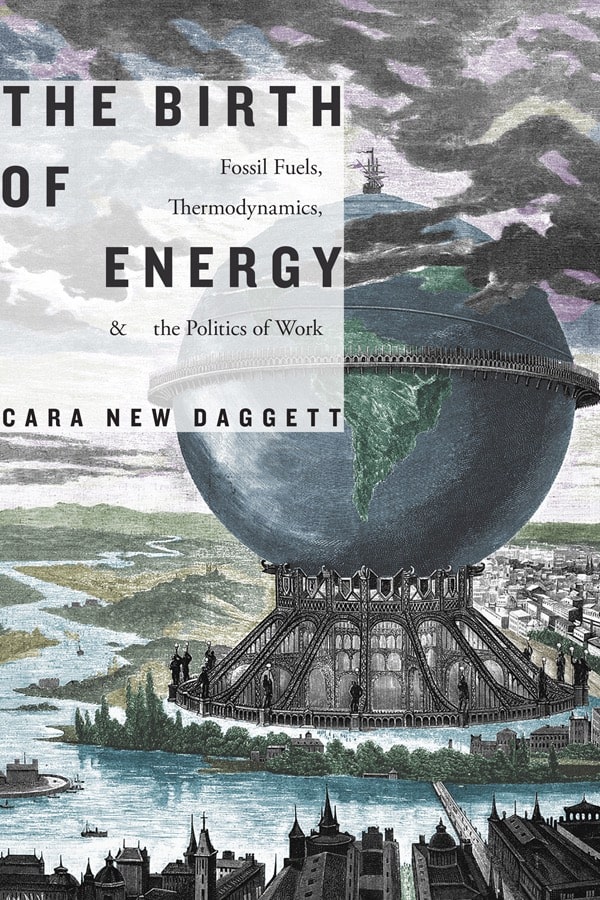
The bitrth of Energy: Fossil Fuels, Thermodynamics, and the Politics of Work
We live in the age of the tyranny of the now, driven by 24/7 news, the latest tweet, and the buy-now button. With such frenetic short-termism at the root of contemporary crises – from the threats of climate change to the lack of planning for a global pandemic – the call for long-term thinking grows every day. The Good Ancestor reveals six profound ways in which we can all learn to think long.
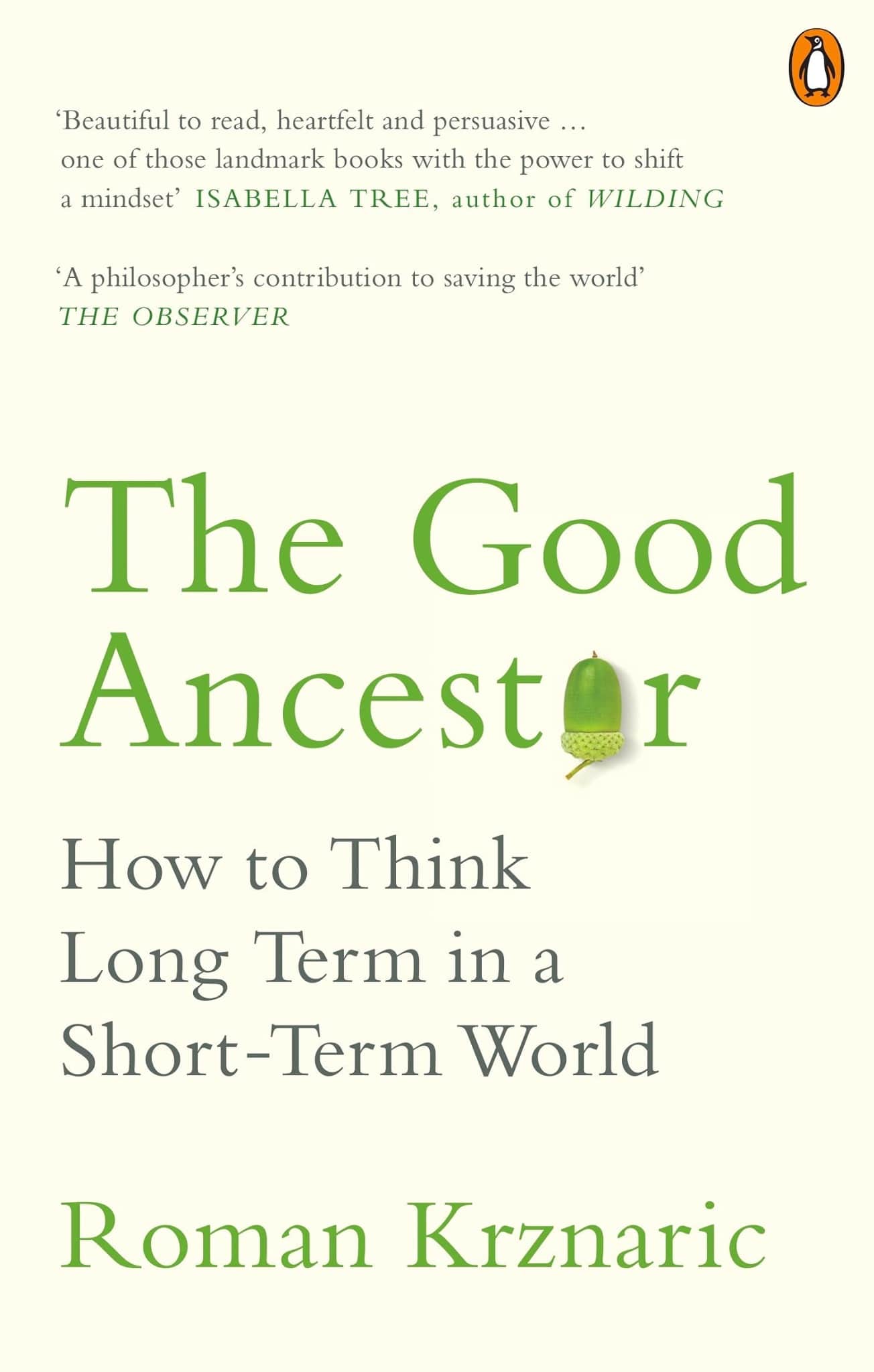
The Good Ancestor: How to Think Long Term in a Short-Term World
Ubiquitous terms are used to describe the field of ecological design, including green, sustain, alternative, resilient, self-sufficient, organic, and biotechnical. In the context of this study, this paper will argue that ecological design starts with the reconceptualization of the world as a complex system of flows rather than a discrete compilation of objects, which visual artist and theorist György Kepes has described as one of the fundamental reorientations of the 20th century
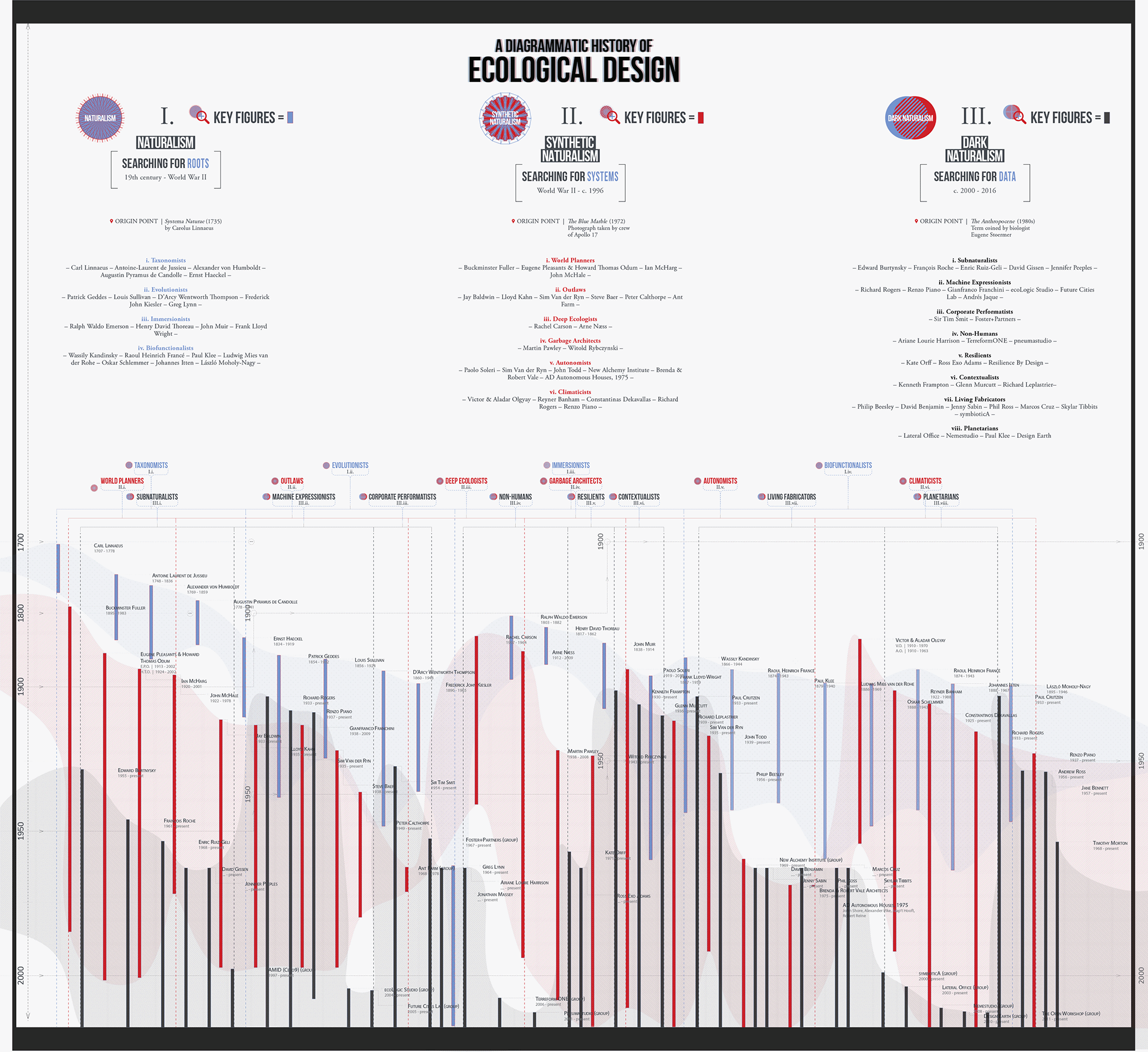
The History of Ecological Design
In twenty meals The Hungry Empire tells the story of how the British created a global network of commerce and trade in foodstuffs that moved people and plants from one continent to another, reshaping landscapes and culinary tastes.
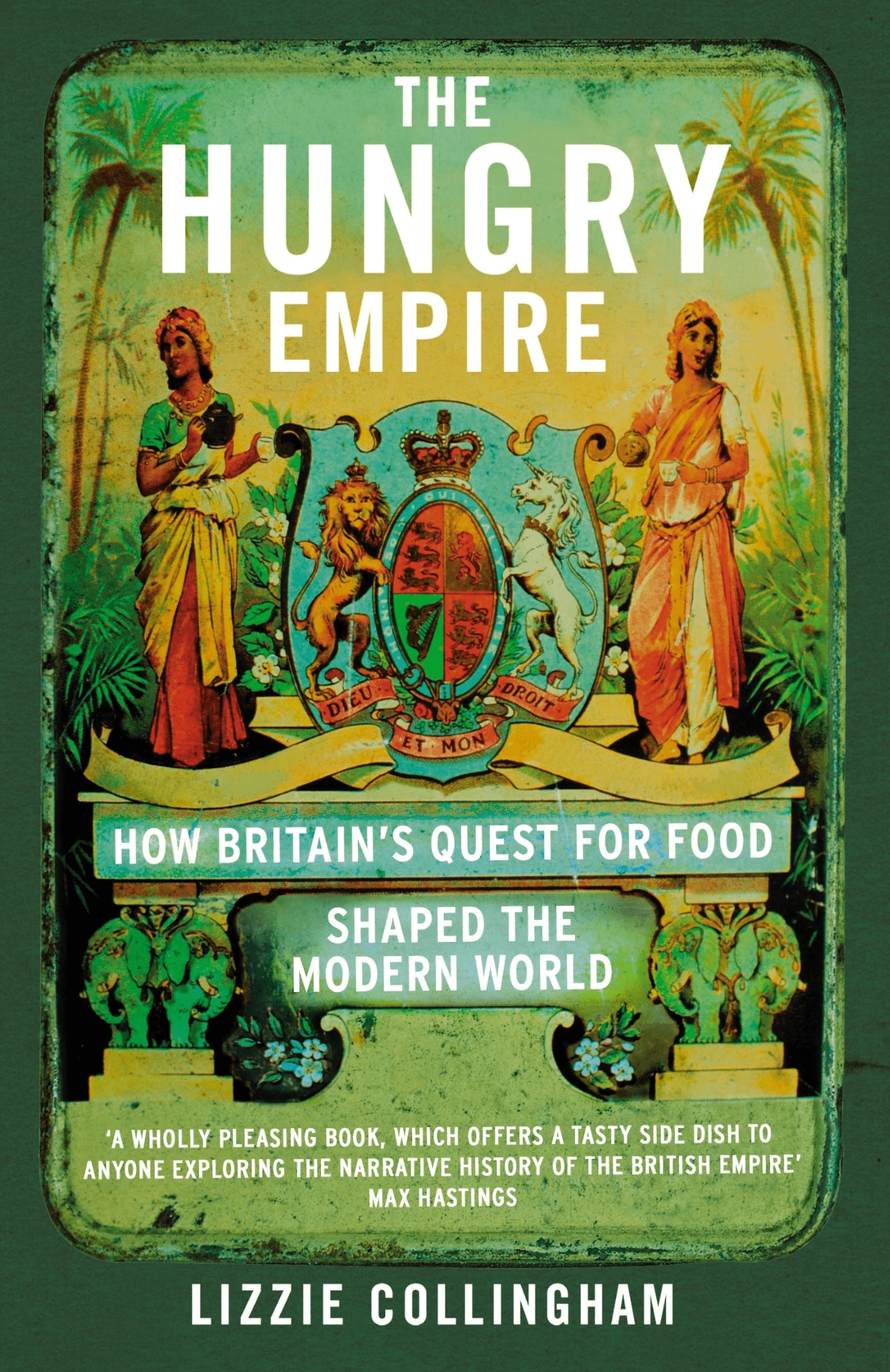
The Hungry Empire
René Redzepi, chef and co-owner of Noma, and David Zilber, the chef who runs the restaurant’s acclaimed fermentation lab, share never-before-revealed techniques to creating Noma’s extensive pantry of ferments.
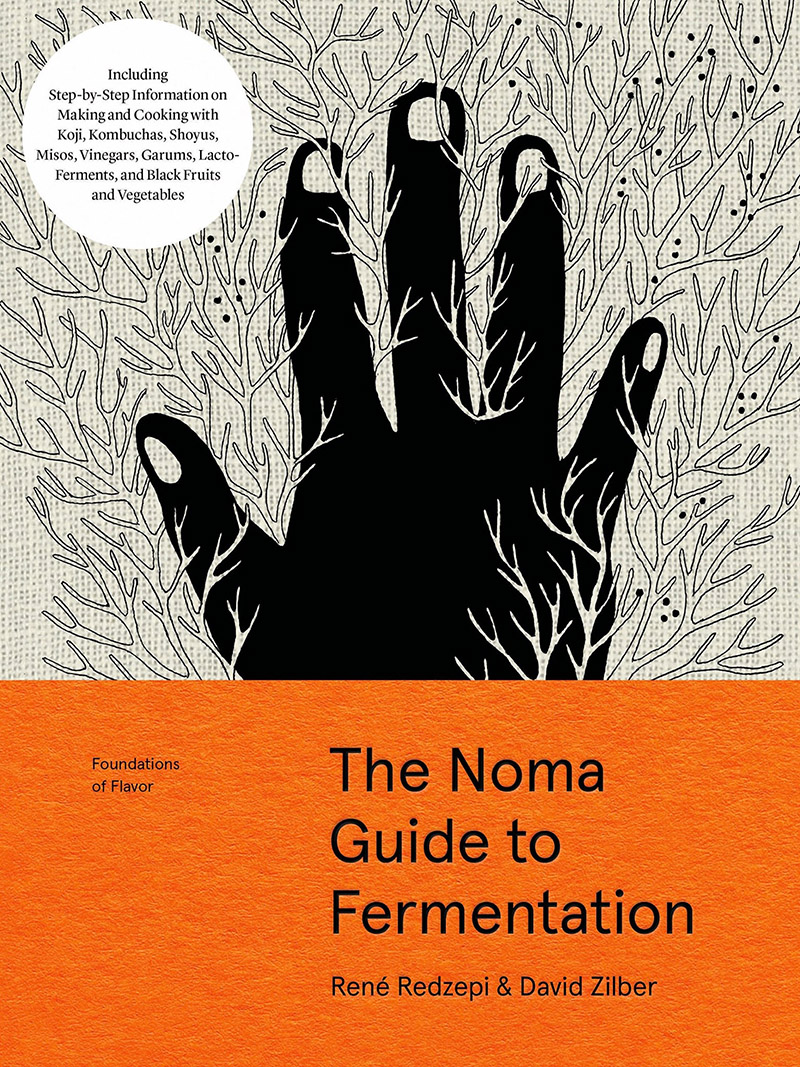
The Noma Guide to Fermentation
Human activity is not entirely reducible to processes of production and conservation. Consumption must be divided into two distinct parts. The first, reducible part is represented by the use of the minimum necessary for the conservation of life . The second part is represented by so-called unproductive expenditures.
The notion of Expenditure
This book chronicles the history of food, the social biography and politics of food, and how food history is connected with race and ethnicity in the United States. In addition, the book assesses the impact of global food corporations' domination in the contemporary era, which in many ways can be seen as the equivalent of the European and American empire of the past.
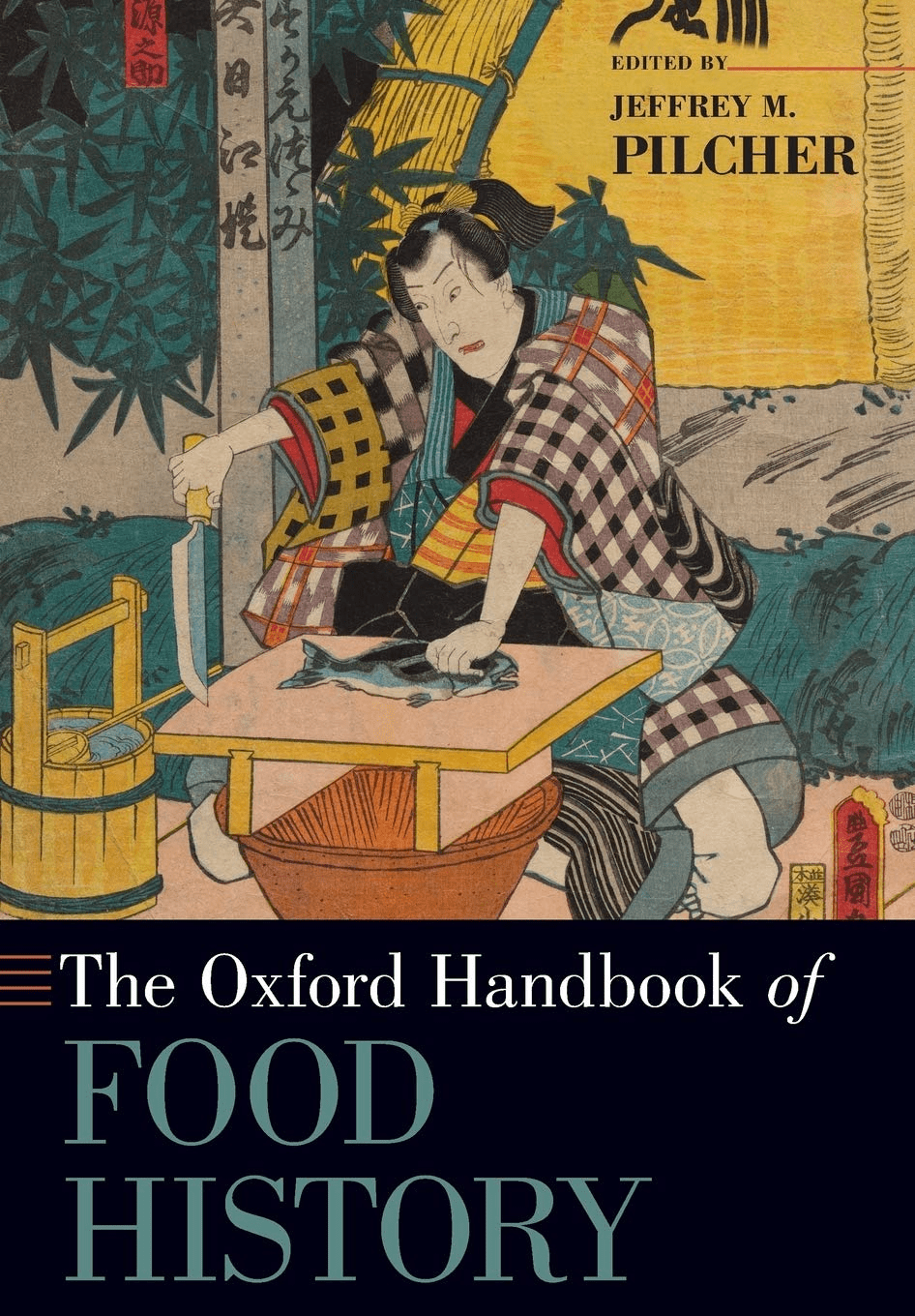
The Oxford Handbook of Food History
The Planet Remade explores the history, politics, and cutting-edge science of geoengineering. Morton weighs both the promise and perils of these controversial strategies and puts them in the broadest possible context.
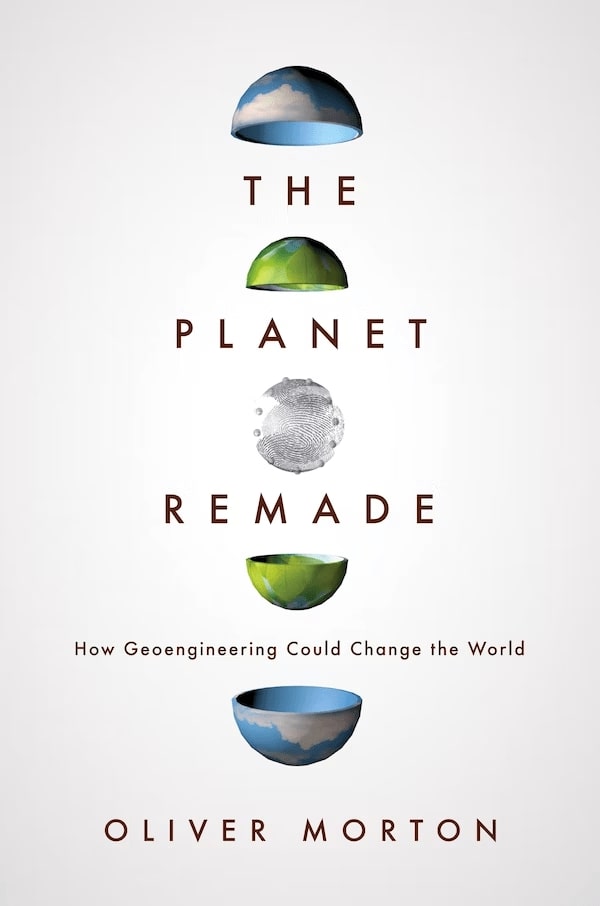
The Planet Remade
Jamie Lorimer offers a sweeping overview of diverse probiotic approaches and an insightful critique of their promise and limitations. Informed by deep engagement with microbiology, immunology, ecology, and conservation biology as well as food, agriculture, and waste management, The Probiotic Planet offers nothing less than a new paradigm for collaboration between the policy realm and the natural sciences.
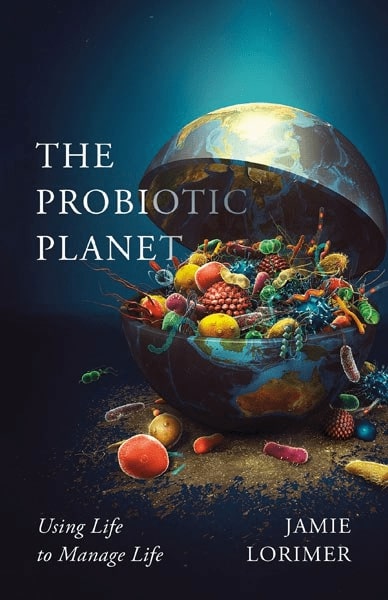
The Probiotic Planet: Using Life to manage life
The world faces a climate crisis and an ascendant far right. Are these trends related? How does the far right think about the environment, and what openings does the coming crisis present for them? This incisive new book traces the long history of far-right environmentalism and explores how it is adapting to the contemporary world.
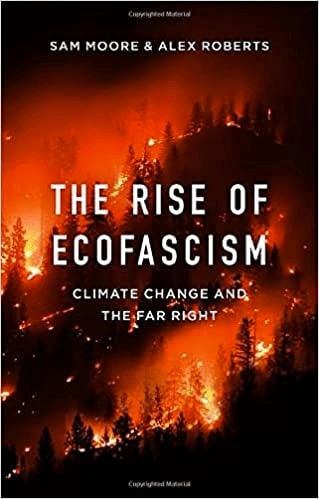
The Rise of Ecofascism
With protests over fossil fuels and controversies over nuclear and renewable energy technologies, democratic ideals have contributed to an emerging social movement. Energy democracy captures this movement and addresses the issues of energy access, ownership, and participation at a time when there are expanding social, political, environmental, and economic demands on energy systems.
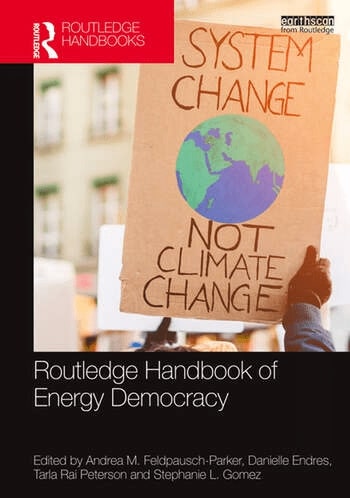
The Routledge handbook of Energy Democracy
The title refers both to the terraforming that has taken place in recent centuries in the form of urbanisation, and to the terraforming that must now be planned and conducted as the planetary design initiative of the next centuries if true catastrophes are to be prevented. The term 'terraforming' usually refers to transforming the ecosystems of other planets or moons to make them capable of supporting Earth-like life, but the looming ecological consequences of what is called the Anthropocene suggest that in the decades to come, we will need to terraform Earth if it is to remain a viable host for Earth-like life.

The terraforming
In a resource rich environment, we coordinate in groups, corporations and nations, to maximize financial surplus, tethered to energy, tethered to carbon. At global scales, the emergent result of this combination is a mindless, energy hungry, CO2 emitting Superorganism. This paper attempts a cohesive narrative on how human evolved behavior, money, energy, economy and the environment fit together.
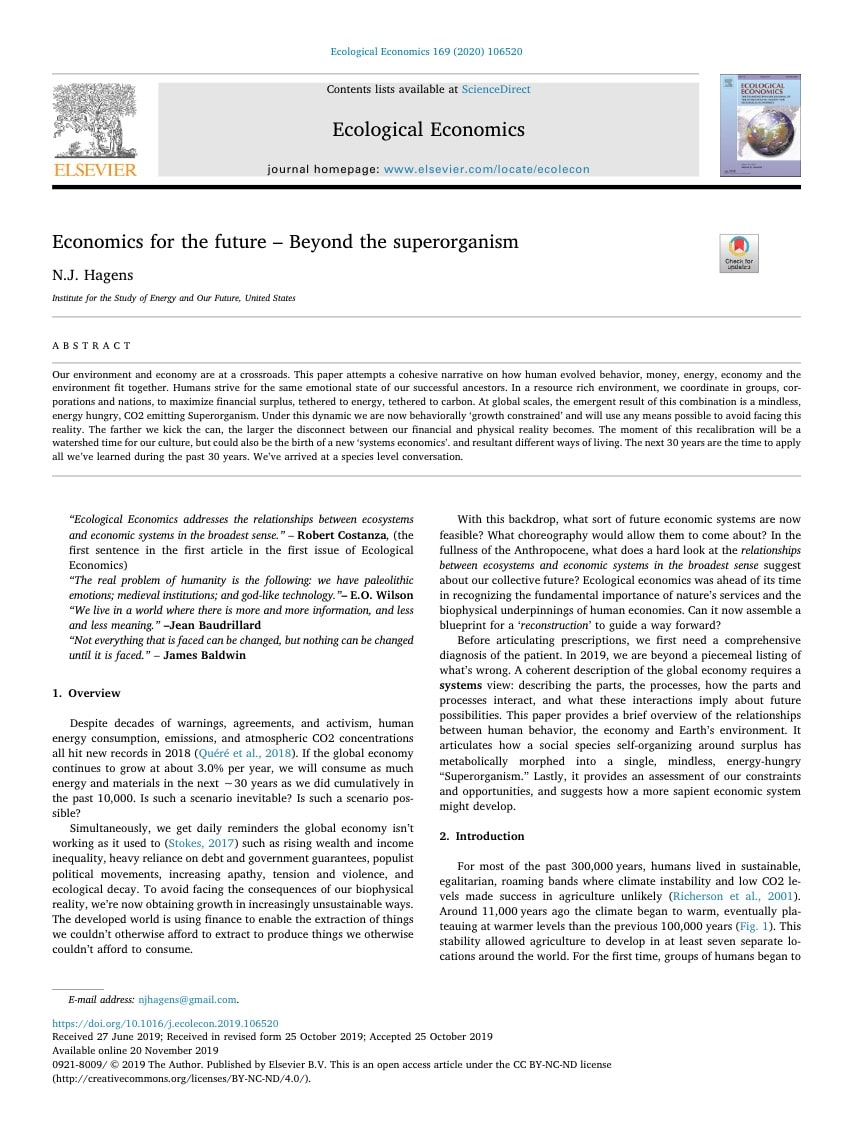
The theory of the Superorganism
The Trans-European Networks for Energy (TEN-E) is a policy that is focused on linking the energy infrastructure of EU countries. As part of the policy, eleven priority corridors and three priority thematic areas have been identified. The EU helps countries in priority corridors and priority thematic areas to work together to develop better connected energy networks, and provides funding for new energy infrastructure.
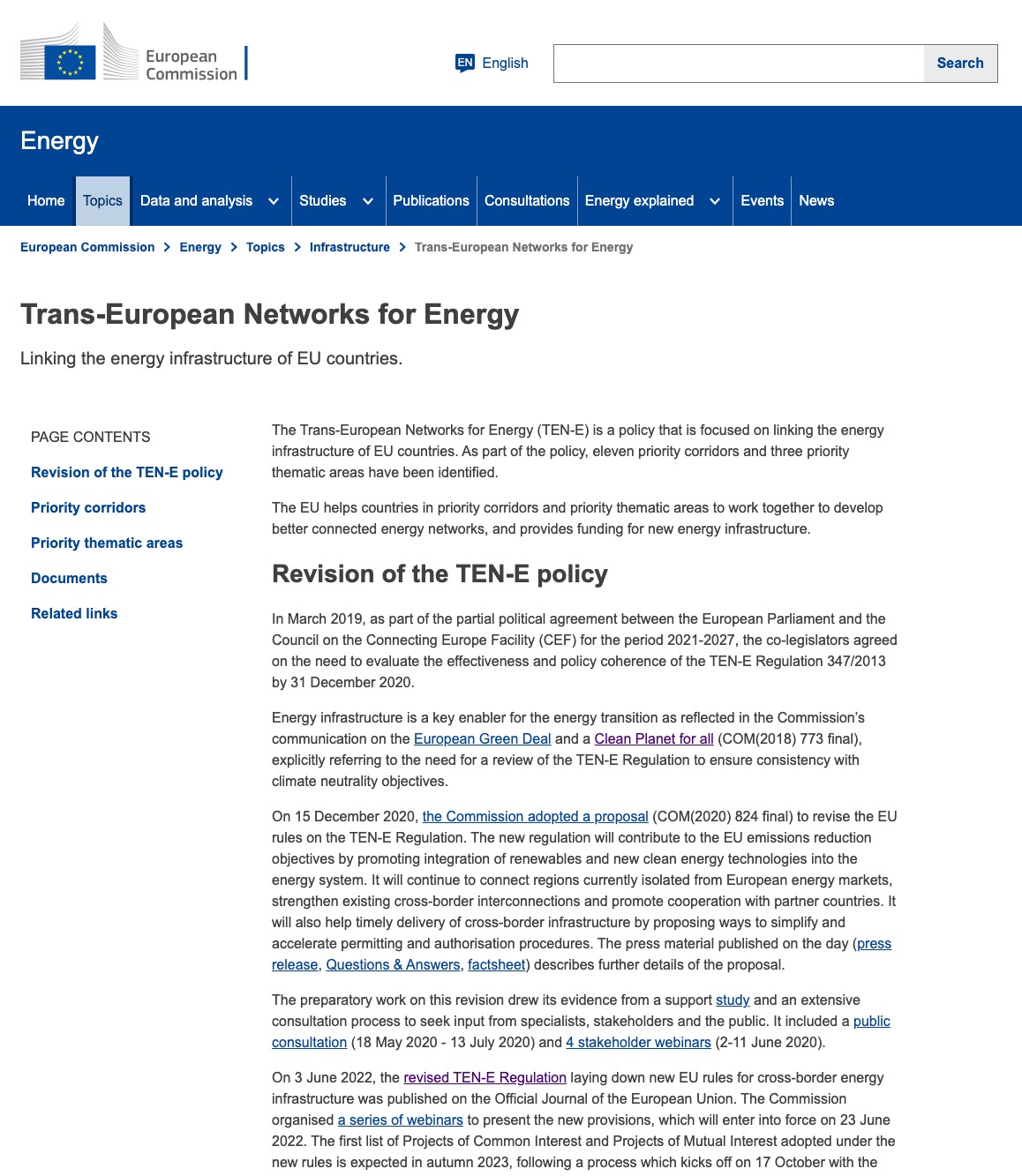
Trans European Networks for Energy
Trash Club is a community platform for the ongoing investigation and collective engagement with waste management in New York City and beyond through events, research projects, and a weekly reading group. With our cohort of trash-enthusiasts, we strive to gain a deeper understanding of the successes and failures of waste systems, and feel empowered to imagine alternatives to the current cycles of use, ruin, and salvag
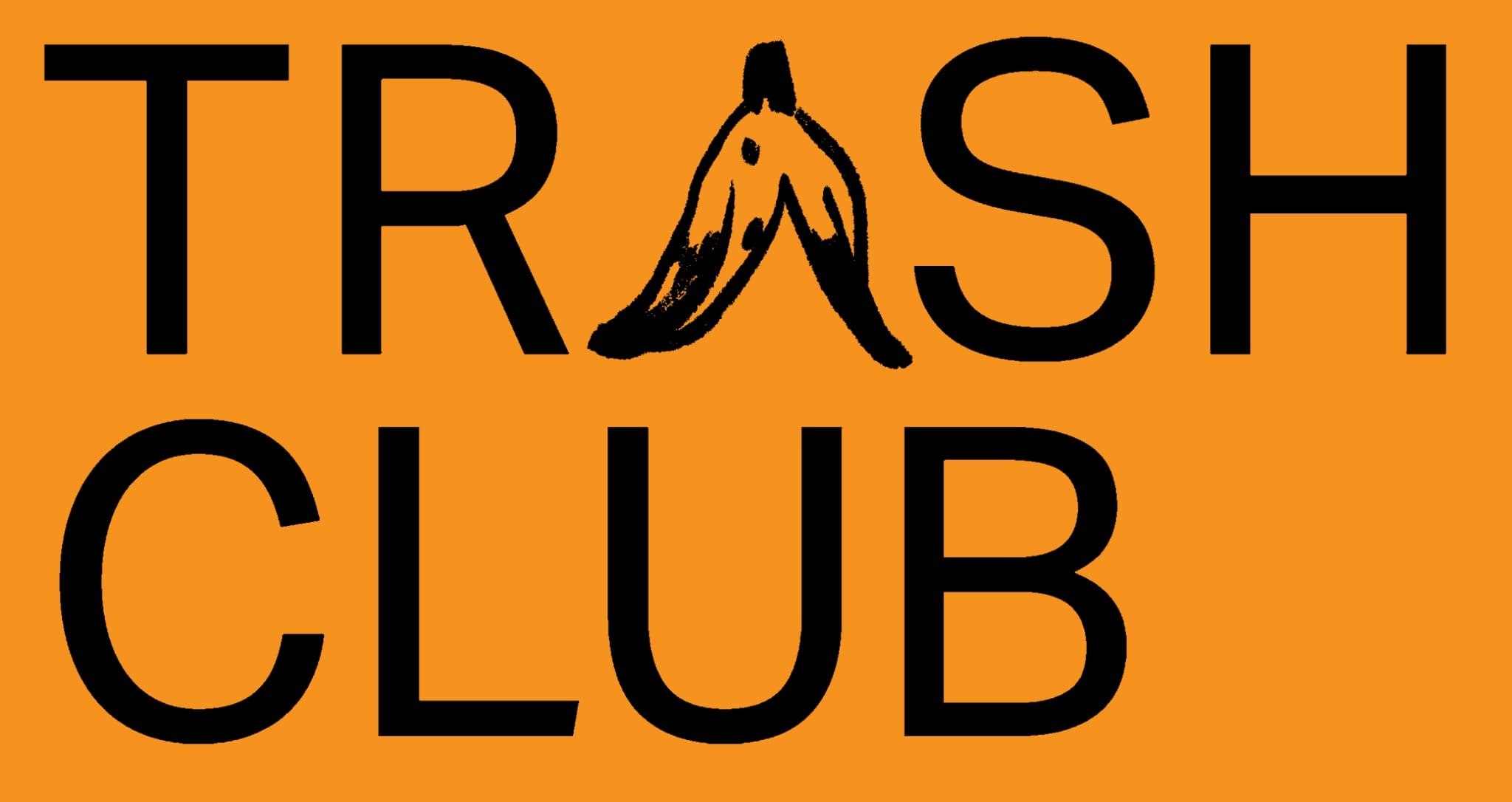
Trash Club
La Directiva Marco de Residuos establece algunos principios básicos de gestión de residuos. Exige que se gestionen los residuos. Explica cuándo los residuos dejan de serlo y se convierten en materias primas secundarias, y cómo distinguir entre residuos y subproductos. La Directiva también introduce el "principio de quien contamina paga" y la "responsabilidad ampliada del productor".
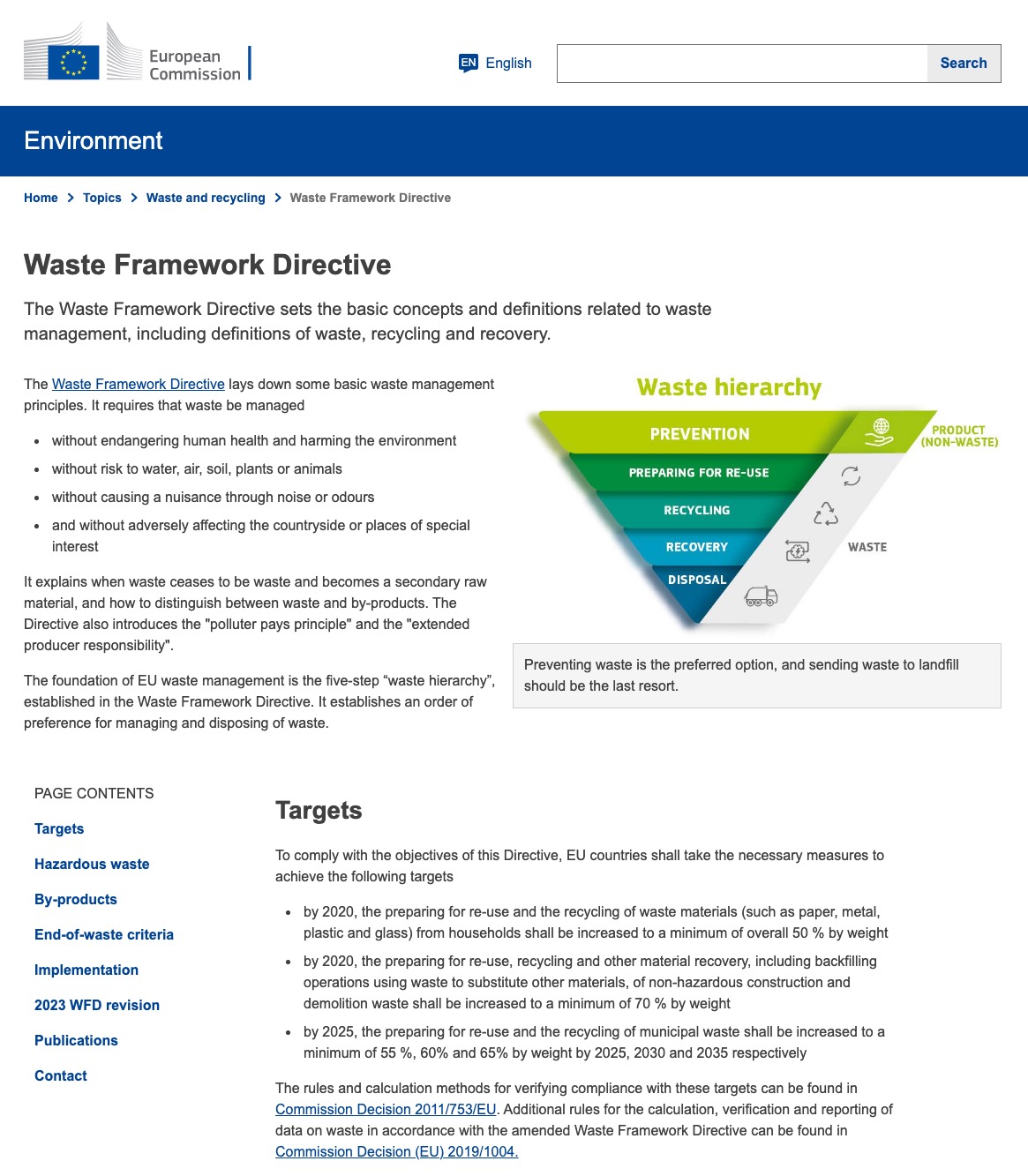
Waste Framework Directive
As natural resources dwindle, designers are exploring the potential of increasingly plentiful waste streams to become the raw materials of the future. A new book celebrates 30 optimistic and enterprizing designers, makers and manufacturers who use waste as their primary resource, offering a rare glimpse into the world they inhabit
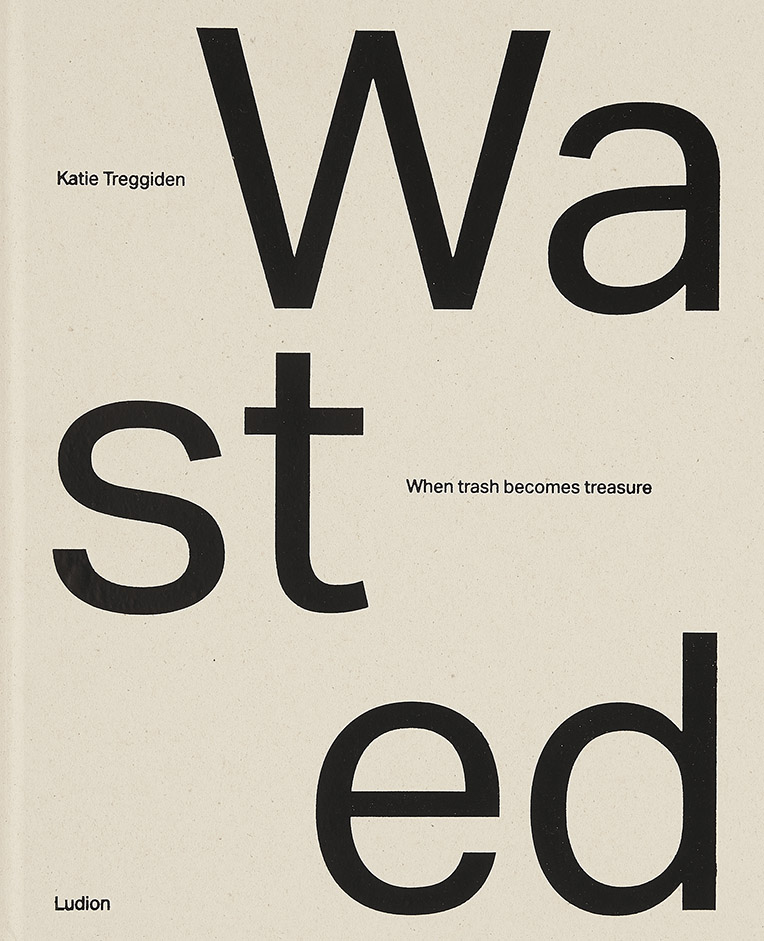
Wasted: When Trash Becomes Treasure
How would the Anthropocene look if, instead of searching its traces in the geosphere, researchers would look for them in the organosphere, in the ecologies of humans in their entanglements with the environment? Looking at this embodied stratigraphy of power and toxicity, more than the Anthropocene, we will discover the Wasteocene.
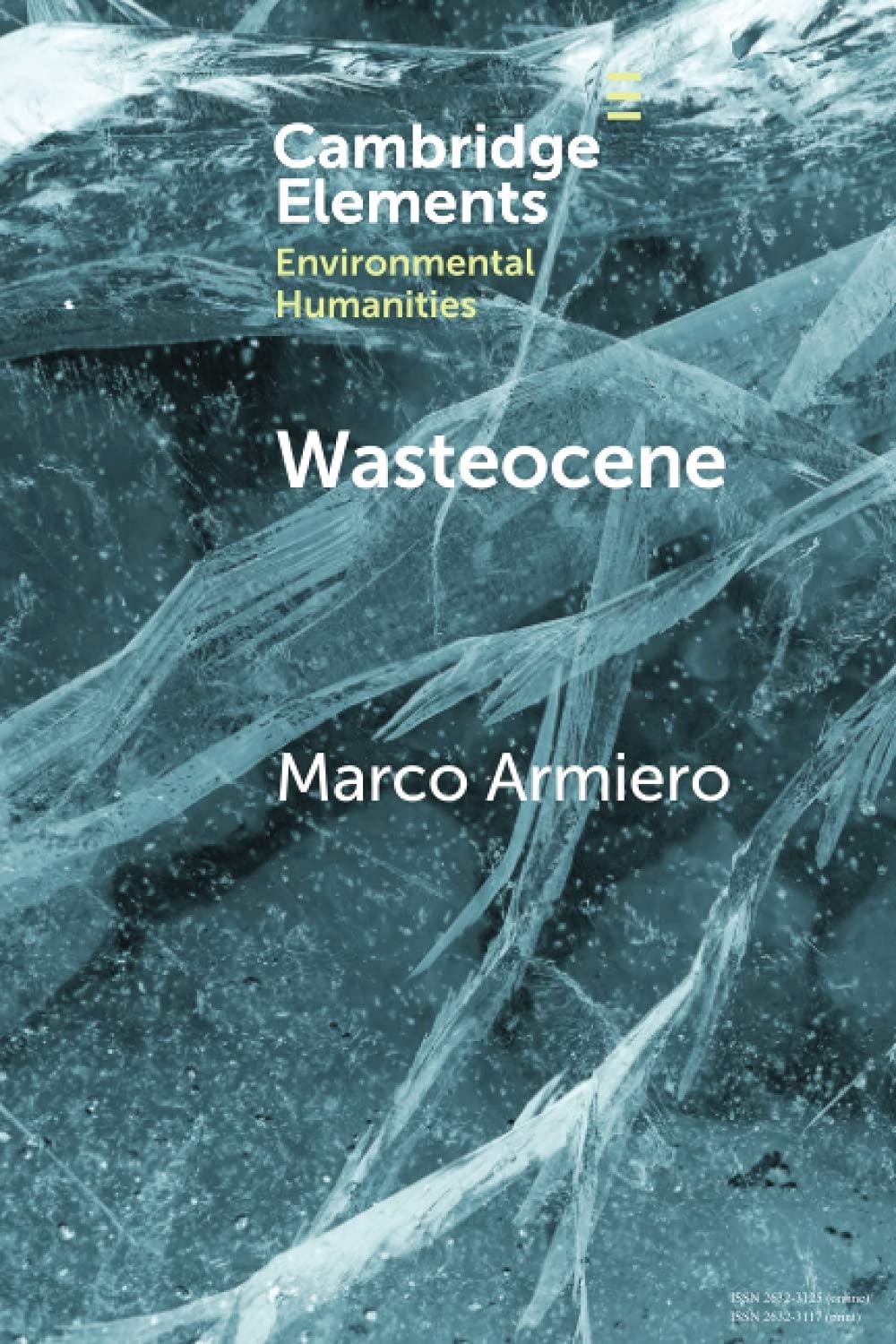
Wastocene: Stories from the global dump
Why Information Grows takes you straight to the heart of the battle between entropy and order, examining the way that information is propagated and its impact on life, civilization and the universe. In doing so, the book offers a thought-provoking explanation for the success of human beings on earth.
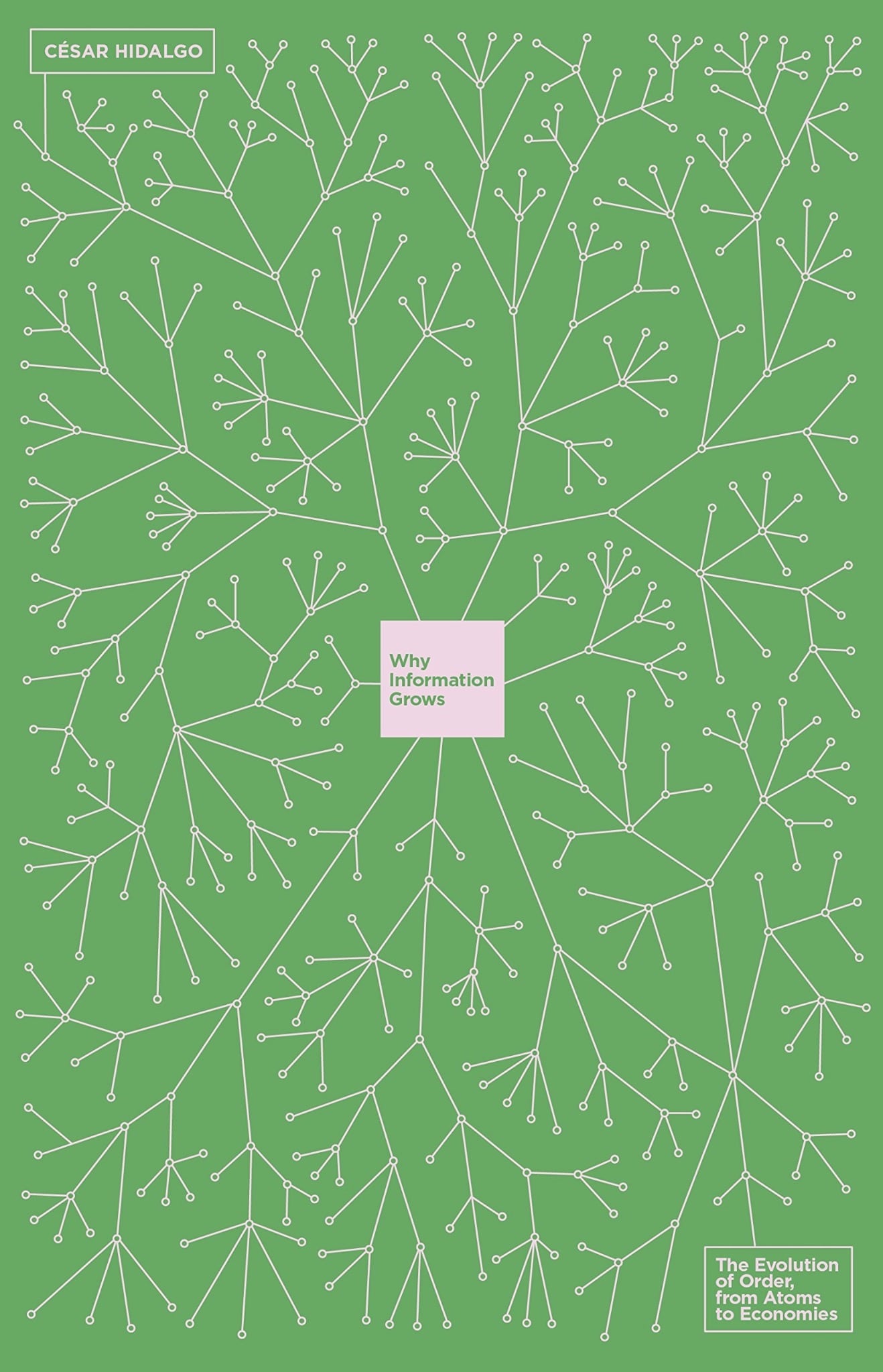
Why Information Grows